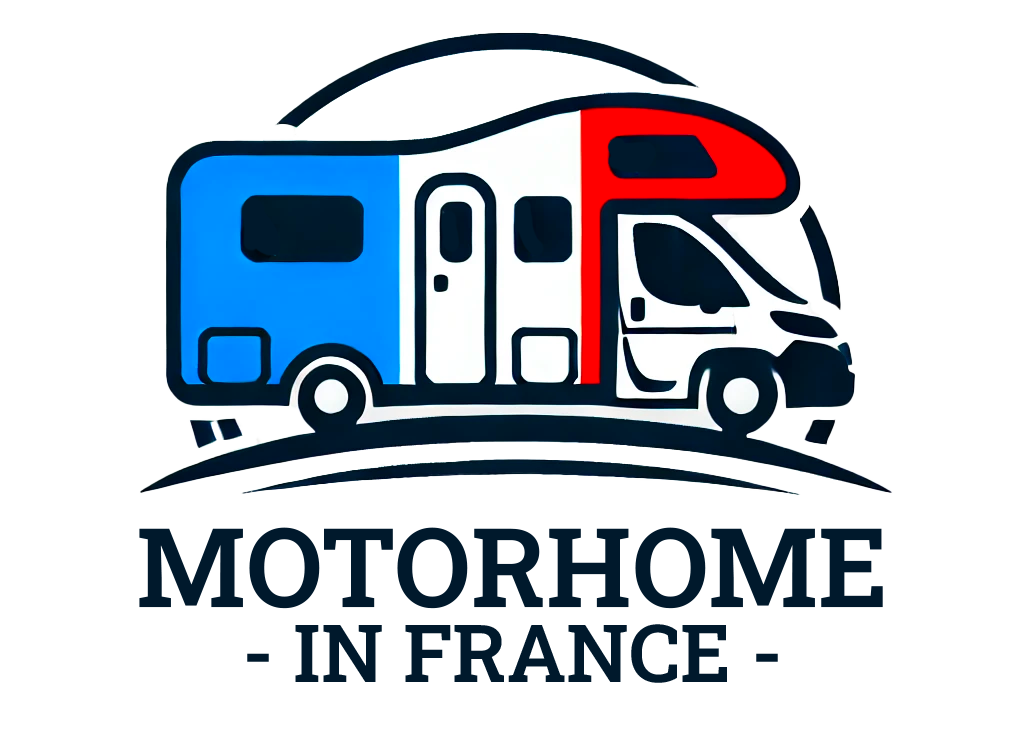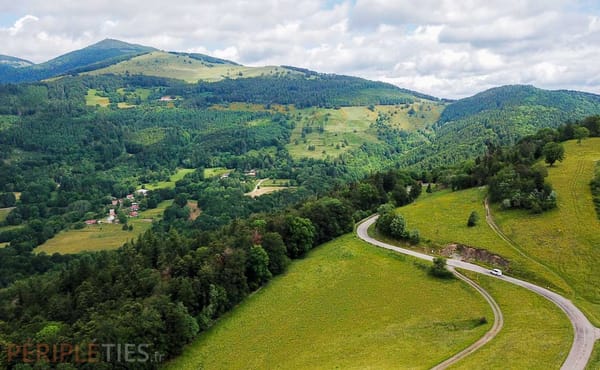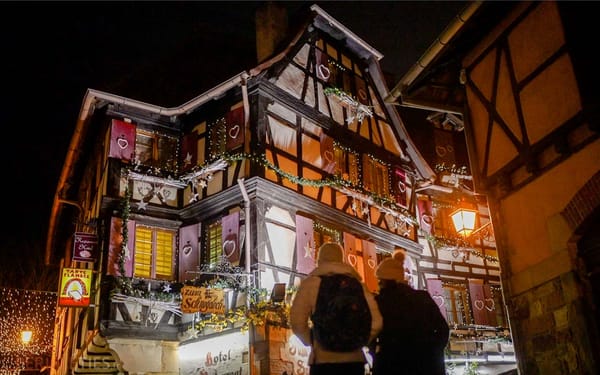Why visit Lille in Northern France?
Lille and its region boast an exceptional heritage, thanks to its various architectural influences (Renaissance, Mannerist, Flemish, Art Deco, etc.), which can be seen particularly in Old Lille, and to the industrial and textile epic of the 19th century.)
This modern heritage can be seen in the decor of Roubaix's former textile factories, as well as in the public and private properties that left their mark on an entire era!
The good news is that this heritage is constantly being rehabilitated to become a benchmark for art and lifestyle that never ceases to surprise. That's what we love about Lille and the surrounding area.
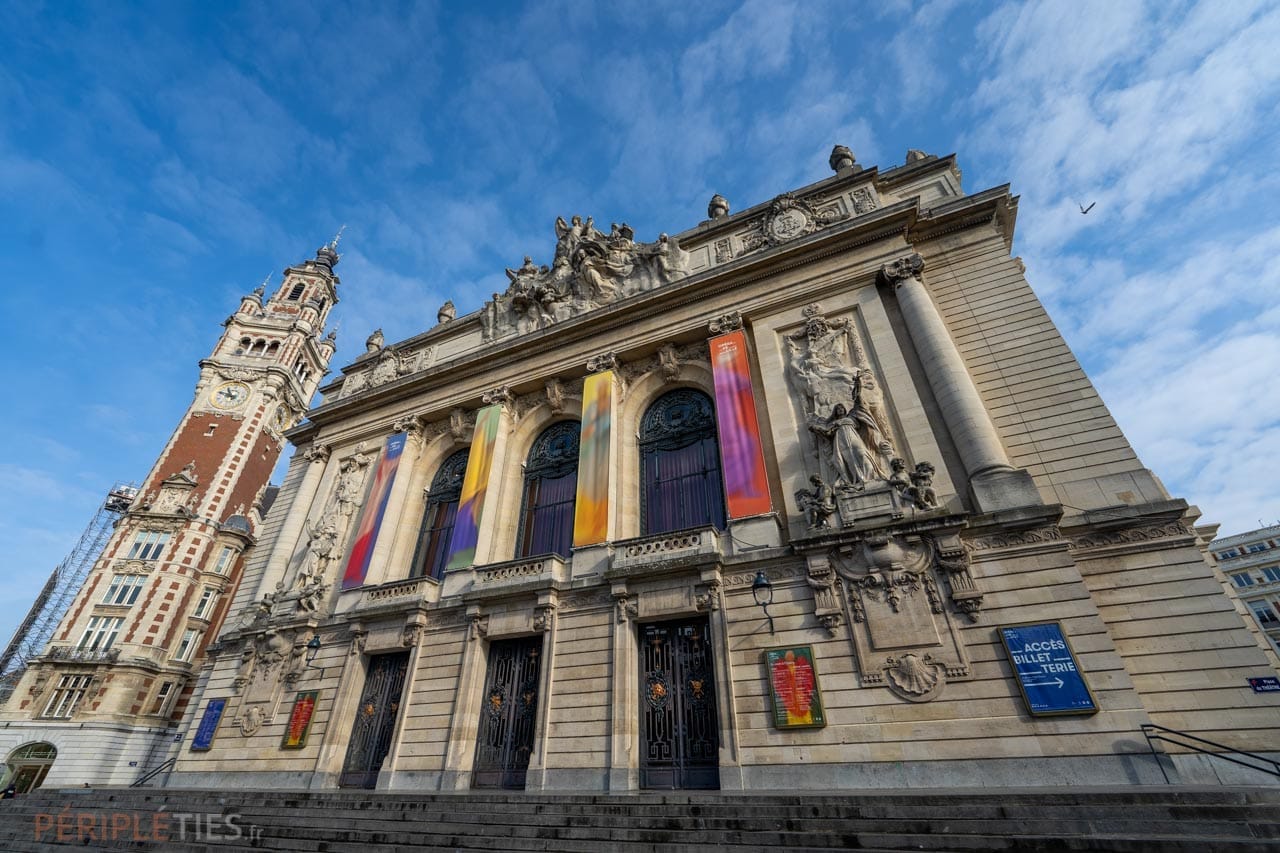
Lille: the accessible and dynamic capital of Hauts-de-France
The first time we discovered Lille and its metropolis was when we returned from our Tour of Europe in a motorhome.
Since then, we've been back several times, on a blog trip organised by Lille Metropole and on an excursion to the Opal Coast to discover the Rando-Bière guide with Fabienne and Benoît from Novo Monde.
As the ‘capital of Flanders’ is easily accessible by train, we return regularly for impromptu weekends, to take advantage of the city's dynamism and its great places to eat, drink and party!
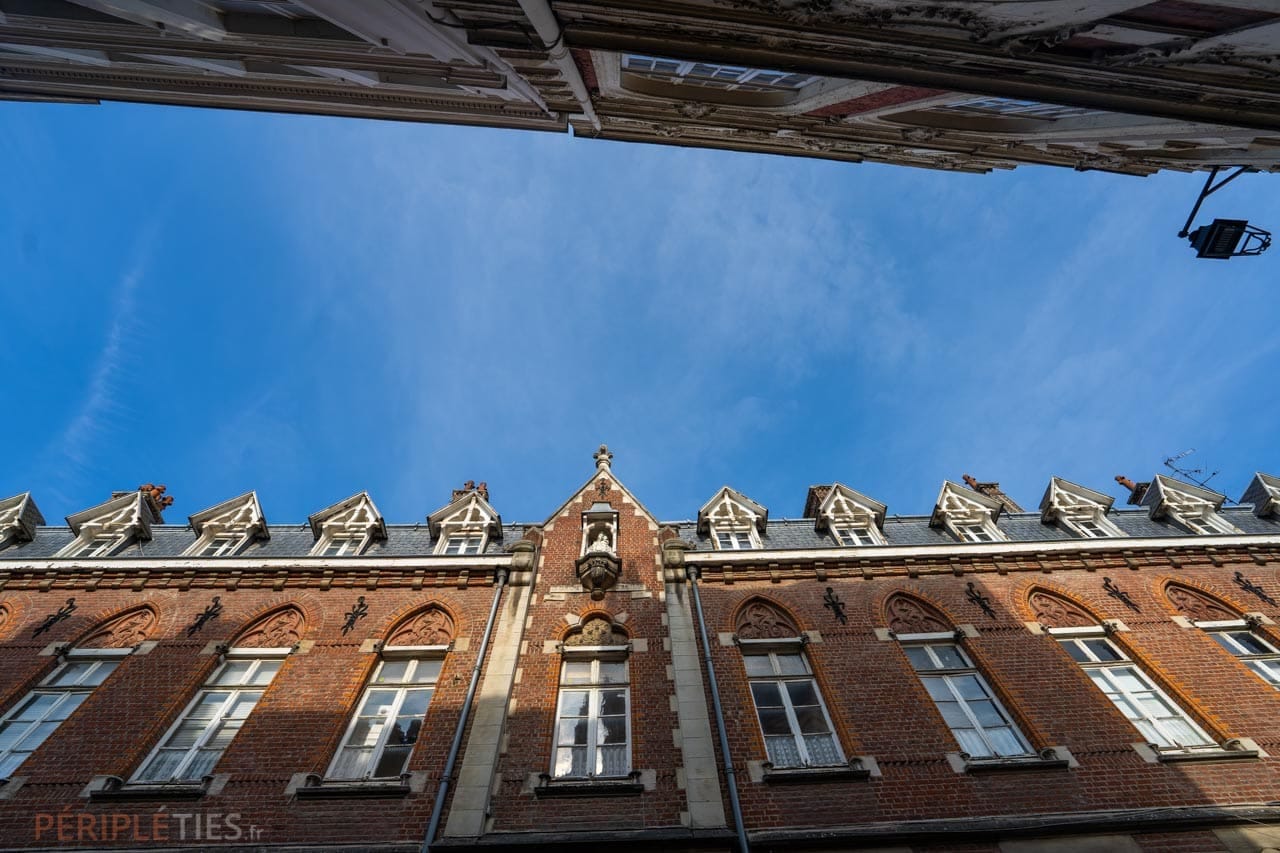
A two-day tour of Lille
If you're visiting the capital of Flanders for the first time, a short walking tour of the old town is a must if you want to see the must-see sites! If you've only got a weekend or a few days to visit Lille, this is also the tour to go for.
It's all about discovering the must-sees in Old Lille (see below). You'll then have the choice of extending your discovery of Lille's inner city, or choosing to follow in the footsteps of its industrial and textile heritage, embodied by exceptional sites such as the Piscine de Roubaix and the Villa Cavrois.
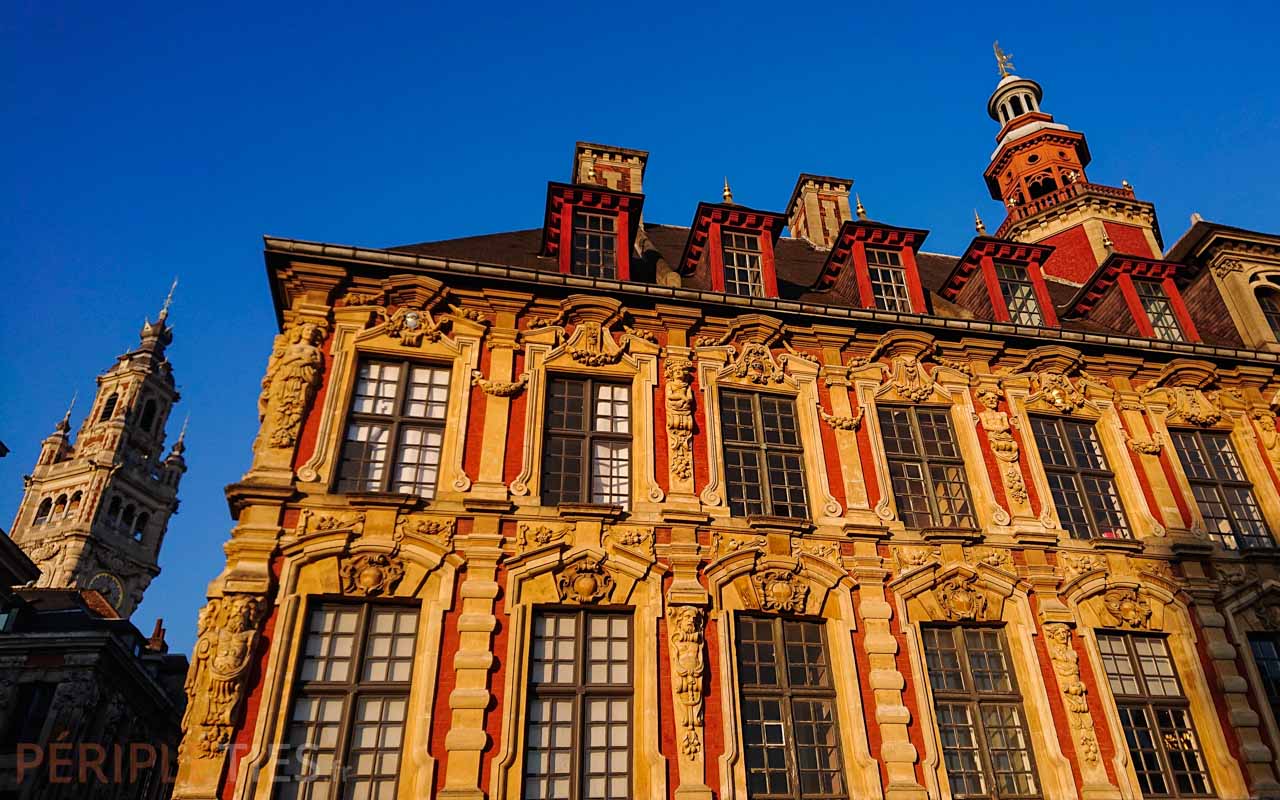
City Pass: a smart way to visit Lille and the surrounding area
With City Pass Lille, you can visit 28 museums and tourist sites, including the Palais des Beaux-Arts, the Lille Natural History Museum, the Musée d'art et d'industrie-La Piscine in Roubaix, the LaM (Musée d'art moderne) in Villeneuve d'Ascq, the MUBA (Musée des Beaux-Arts) in Tourcoing, and many more.)
You'll also enjoy discounts in bars and restaurants, and free transport in Lille and throughout the metropolitan area by metro, bus and tram. Prices: €25 (1 day) or €35 (2 days).
Must-sees in old-Lille
Saved from destruction during the Second World War and rehabilitated in the 1980s, old-Lille is the district with the most pre-19th century buildings.
It still boasts many cobbled streets, pretty Flemish shopfronts and bourgeois houses with colourful 18th-century facades. In short, it's the most pleasant place in Lille to stroll.
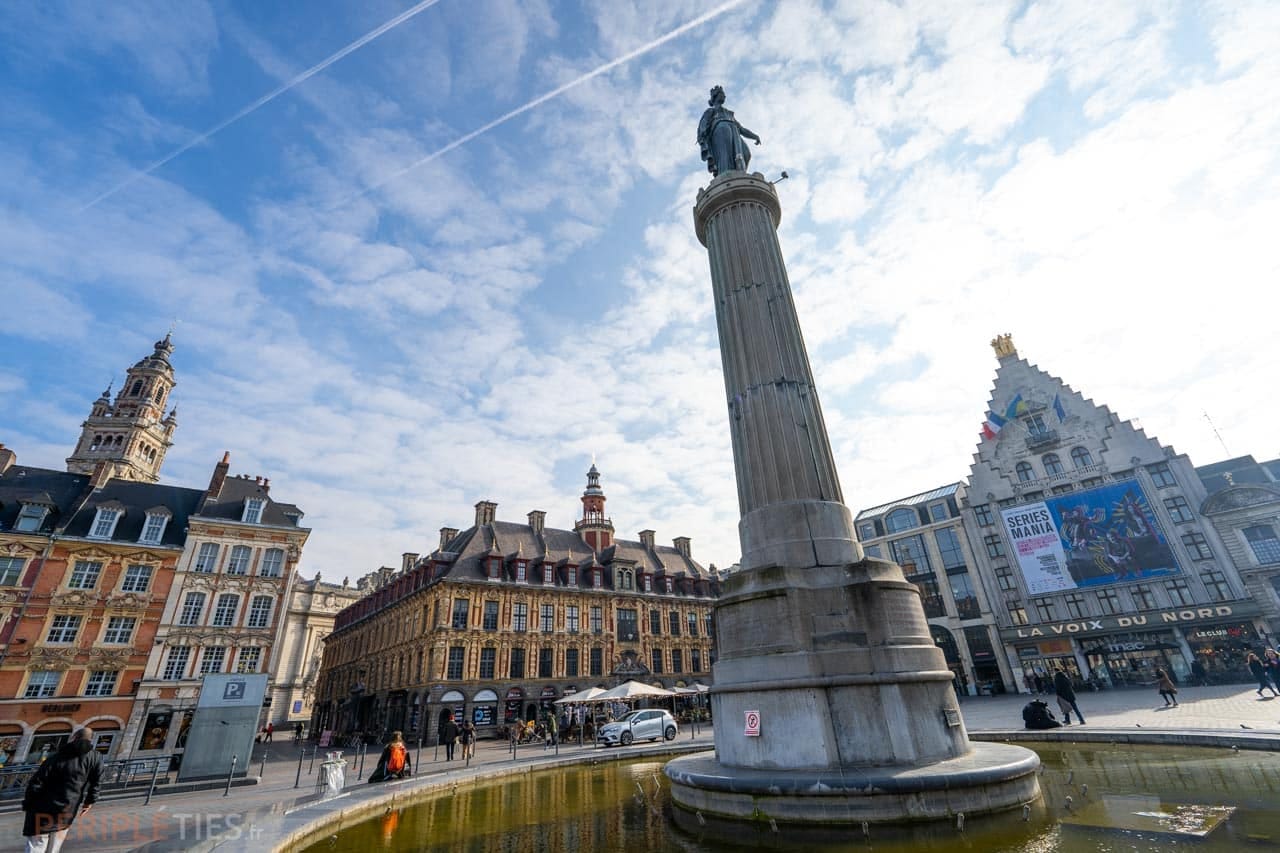
Our walking itinerary in the old town
From Lille-Flandres station (or Lille Europe station a little further upstream), you'll reach the centre of Lille via the Place du Théâtre, where you'll find a number of small café-restaurants, the Grand Theatre and the Nouvelle-Bourse (Chamber of Commerce), recognisable from the outside thanks to its neo-Flemish-style belfry (not to be confused with the belfry of the Hôtel de Ville).
To find out more about the history of these monuments, a treasure hunt (€6) has been created in Lille, where you can visit the city while solving riddles. All this can be done directly from your phone using the World City application.
The Place de la Vieille Bourse
Just next door is the Grand-Place (Place de la République), dominated by the statue of the Goddess. The monument commemorates the siege of the city by the Austrians in 1792.
Since the Middle Ages, the Grand-Place has been dedicated to trade. Take the opportunity to visit the Vieille-Bourse (Old Stock Exchange), a historic reminder of this trading past.
It's probably the city's most beautiful monument, and in its courtyard you'll find a market for books, old newspapers and posters.
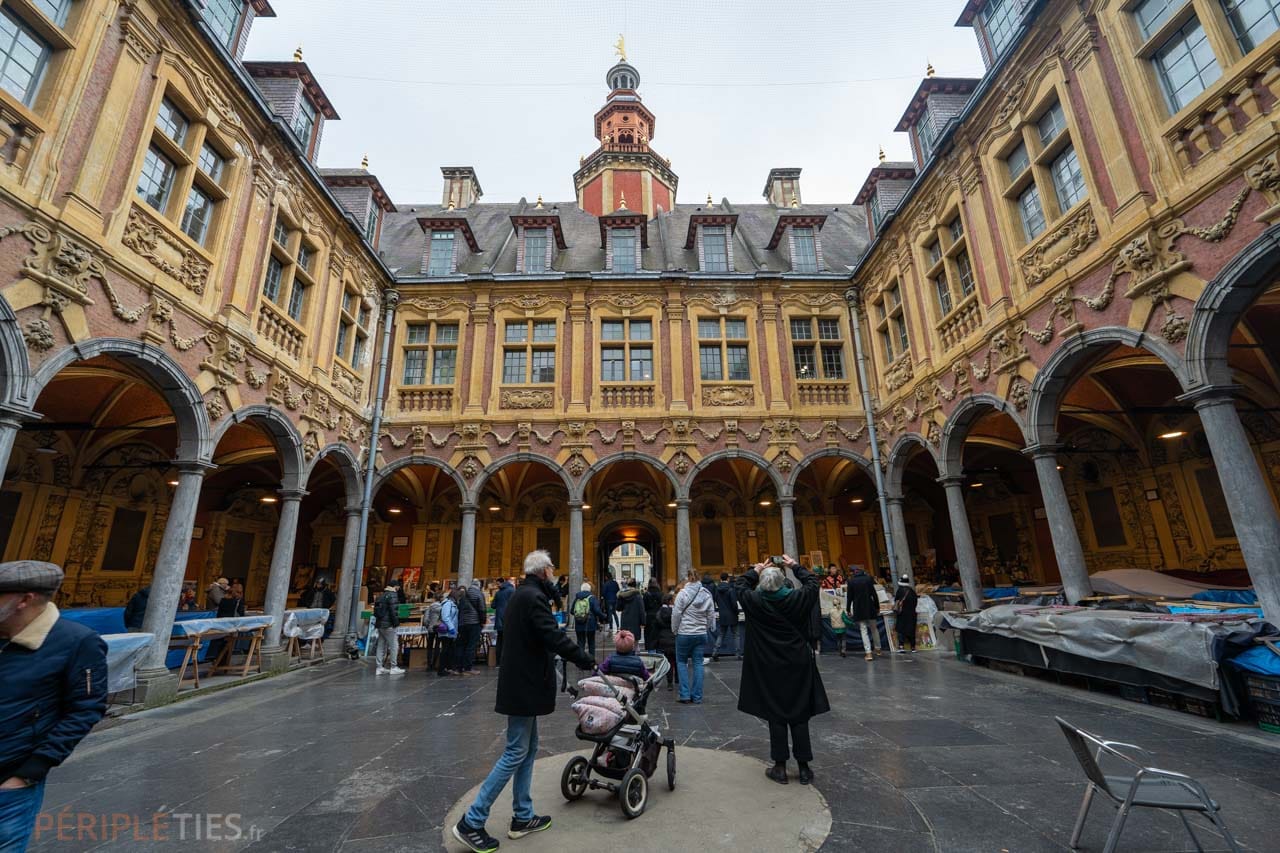
Enjoy a pastry at Méert
Next, head into Vieux-Lille via rue des Esquermoises, where you'll find Maison Méert, a local institution.
The architecture and decoration are by Louis-Marie Cordonnier, the same architect as the New Stock Exchange and the Grand Theatre (though completely different).
This bourgeois tearoom has been in existence since 1909, offering confectionery, chocolates, pastries and waffles of great repute.
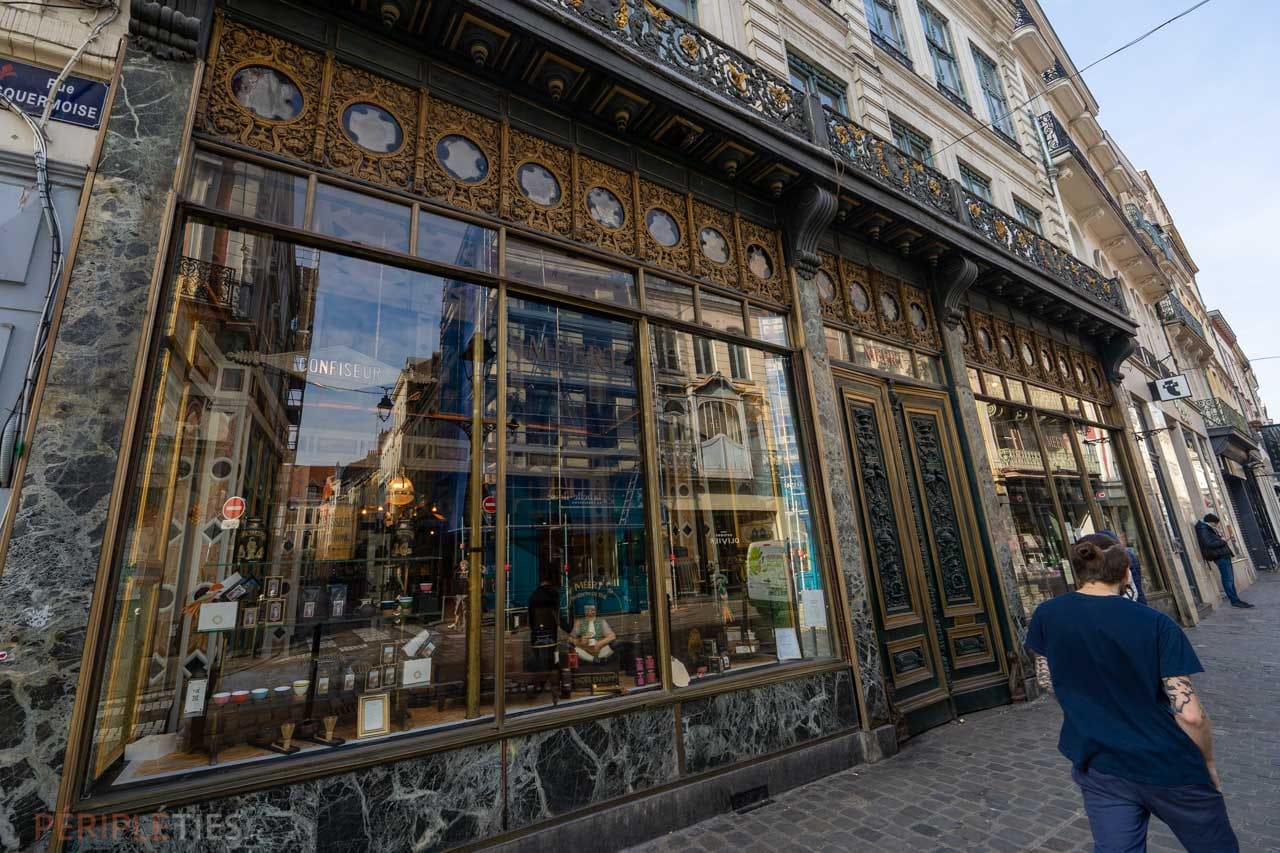
Notre-Dame de la Treille cathedral
Take the rue basse or the rue du Curé Saint-Etienne to get to Notre Dame du Treille cathedral.
It was built between the mid-19th century and the 1990s, which explains its atypical neo-Gothic and even contemporary architecture, as evidenced by the marble façade, the work of Peter Rice, and the rose window of the Resurrection, designed by Ladislas Kijno.
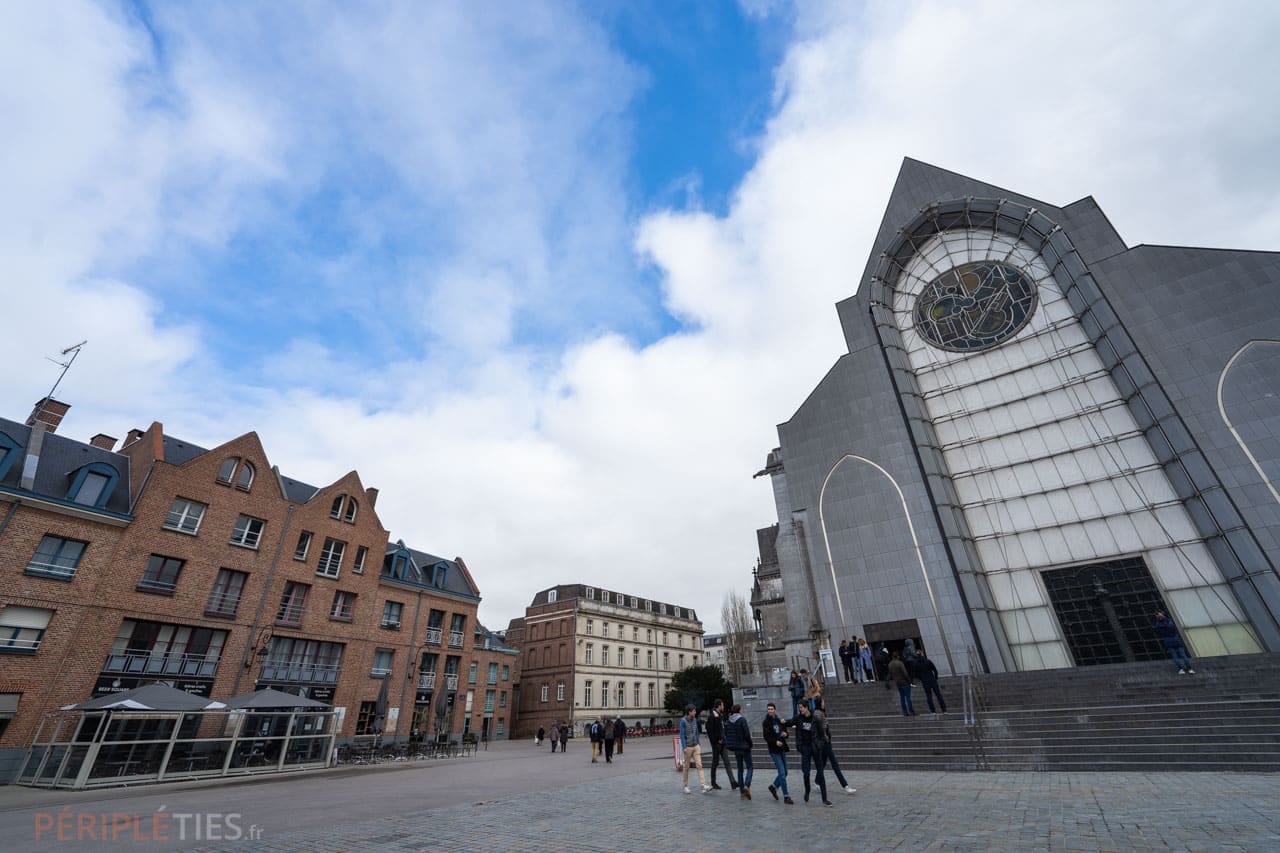
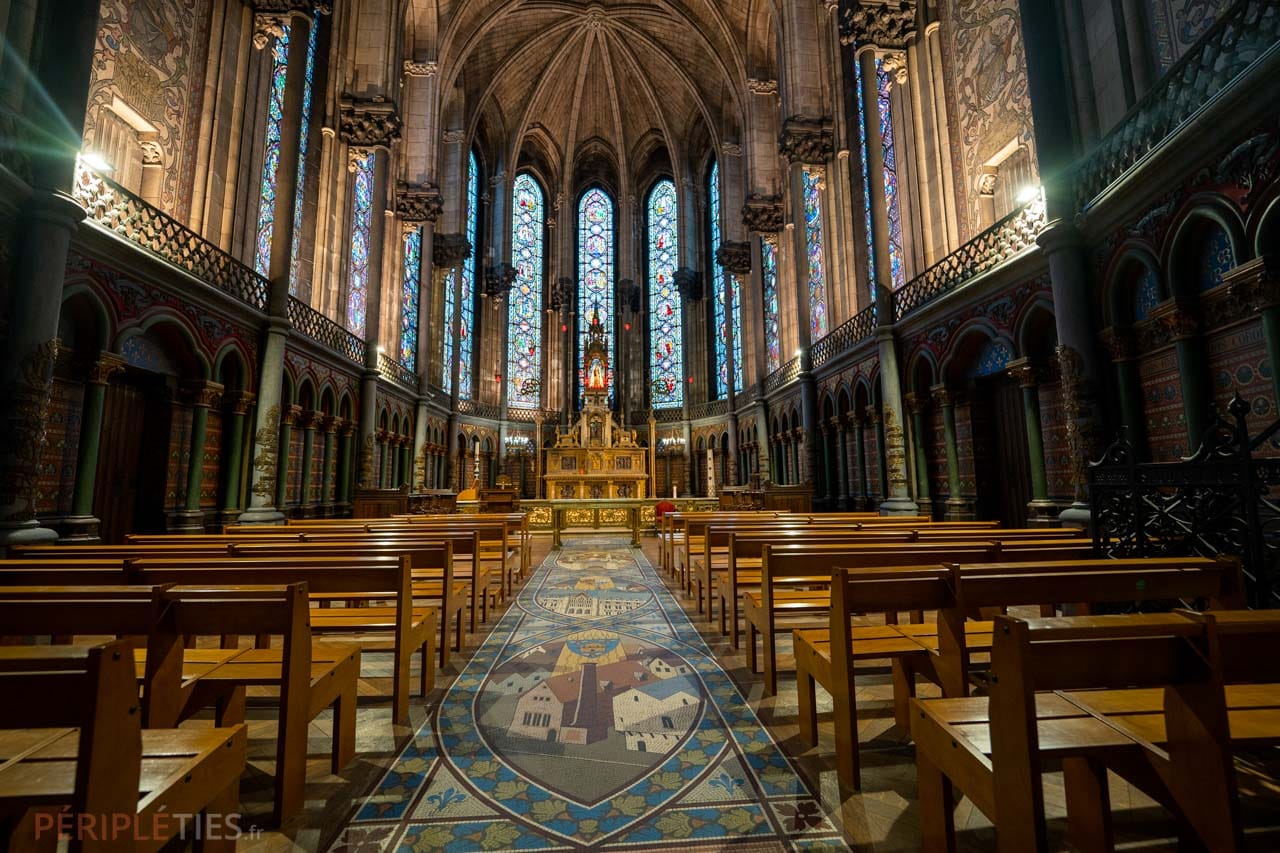
The Hospice Comtesse
A small street behind the cathedral leads to the rue de la petite monnaie and the Hospice Comtesse, a former hospital founded by Joan of Constantinople, Countess of Flanders, and run for over 500 years by the Augustinian nuns.
The chapel is now open to the public, as are the collections evoking the history of Lille and the city's decorative arts.
You can then continue your visit to the Porte de Gand, the house where Charles de Gaulle was born or the Citadelle.
If you want to explore the city in more depth, you can book a guided tour of Old Lille (2h30) with an English-speaking guide.
But this is also the perfect opportunity to take a break, as there's no shortage of places to eat!
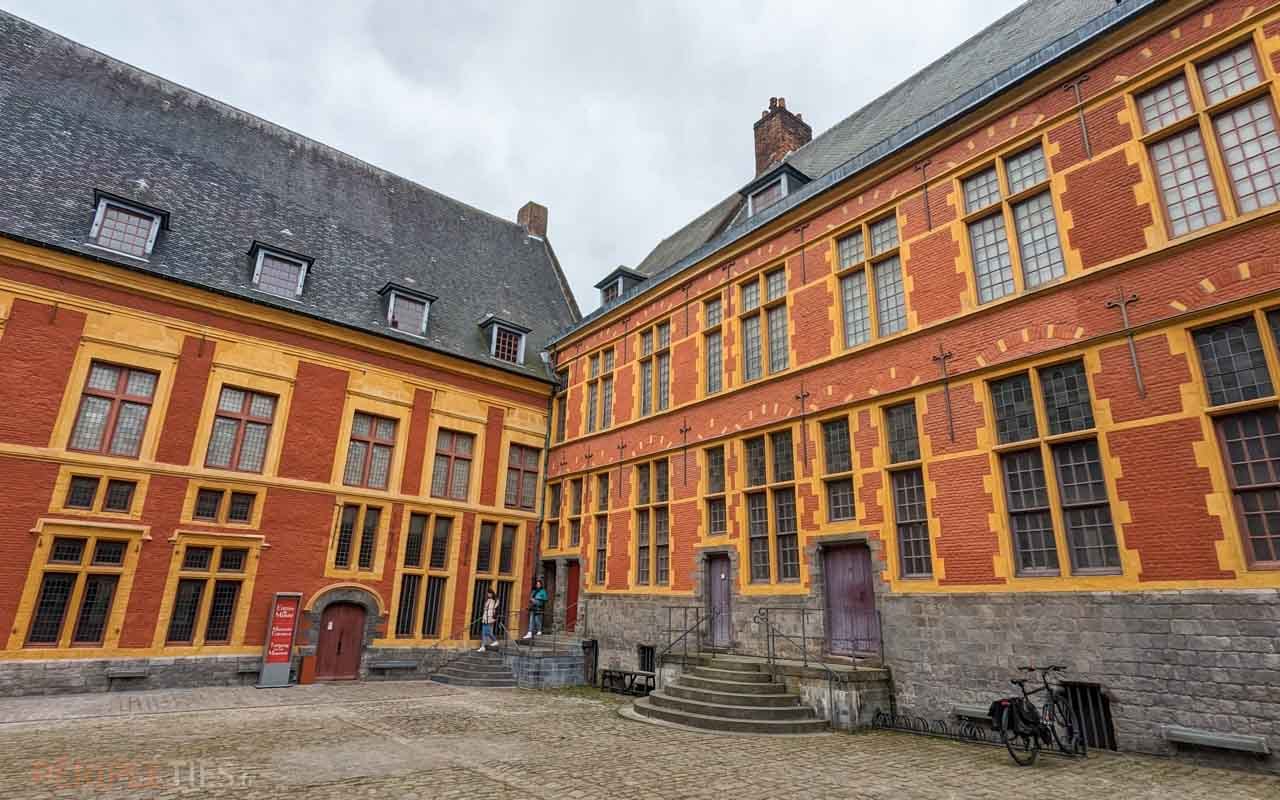
Where to eat in Old Lille?
For no-fuss home cooking, we recommend Le Général restaurant, opposite Notre Dame de la Treille church.
For a typical Estaminets atmosphere, we recommend La Pâte Brisée, on rue de la Monnaie, near the Hospice Comtesse.
For a bistro-gastronomic meal, Bloempot on rue des Bouchers is an experience in itself! But you'll need to book several months in advance.
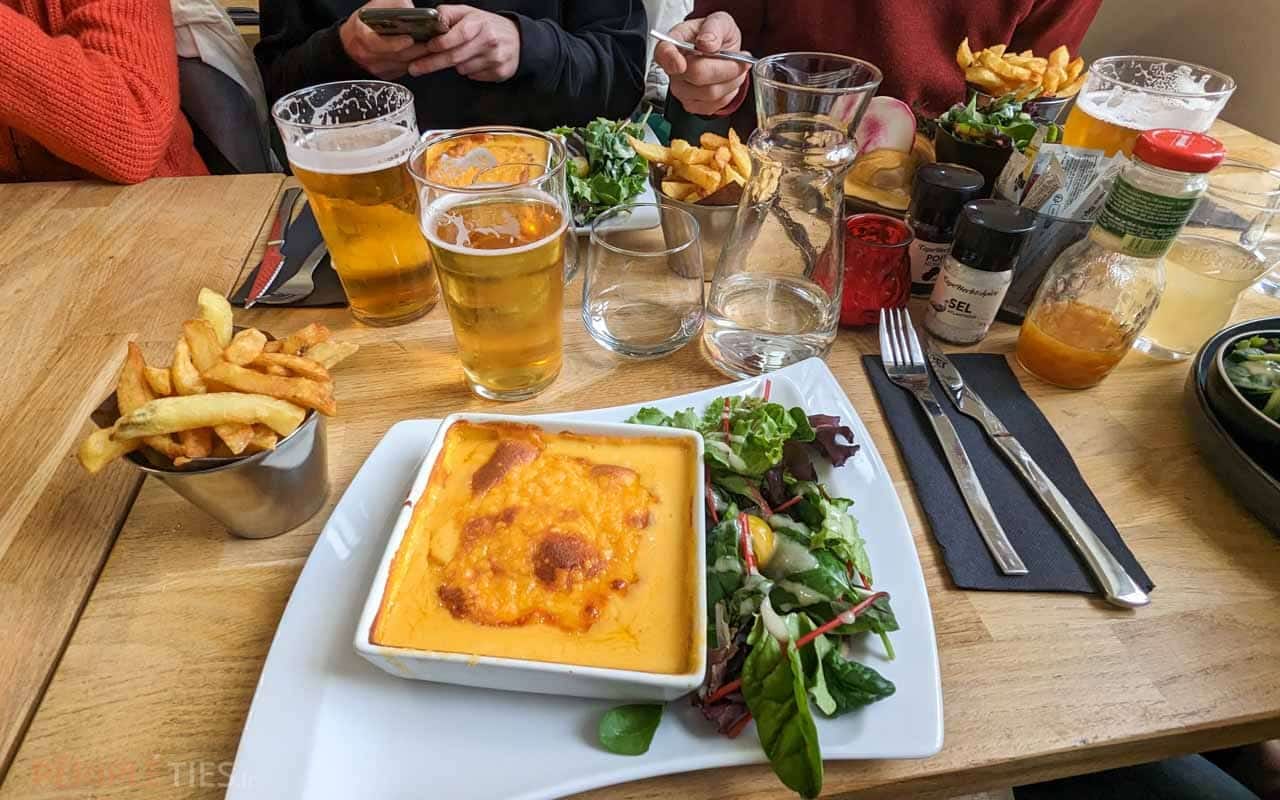
Bloempot: a tribute to Flemish cuisine
Bloempot is a ‘Flemish neo-cantine’ located at the back of a courtyard in Old Lille. It's a departure from traditional northern fare such as welsh, potjevleesch and Flemish carbonnade, and an embrace of a different kind of gastronomy.
It's a cuisine without a menu, where you discover a six-course meal ‘blind’ (from €40). Florent Ladeyn, Kevin Rolland and their team are committed to serving only organic or wild produce, in season and locally grown.
The pair have since opened the BierBuik on rue Royale.
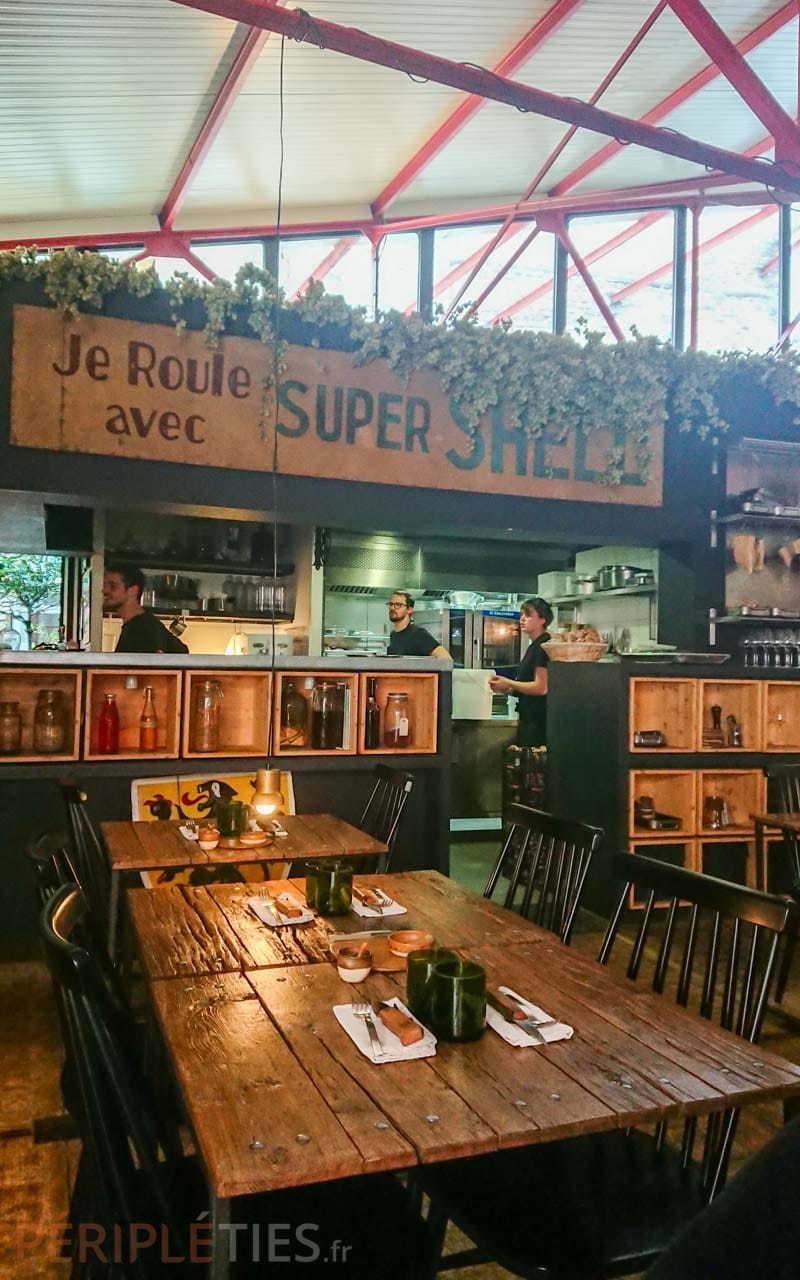
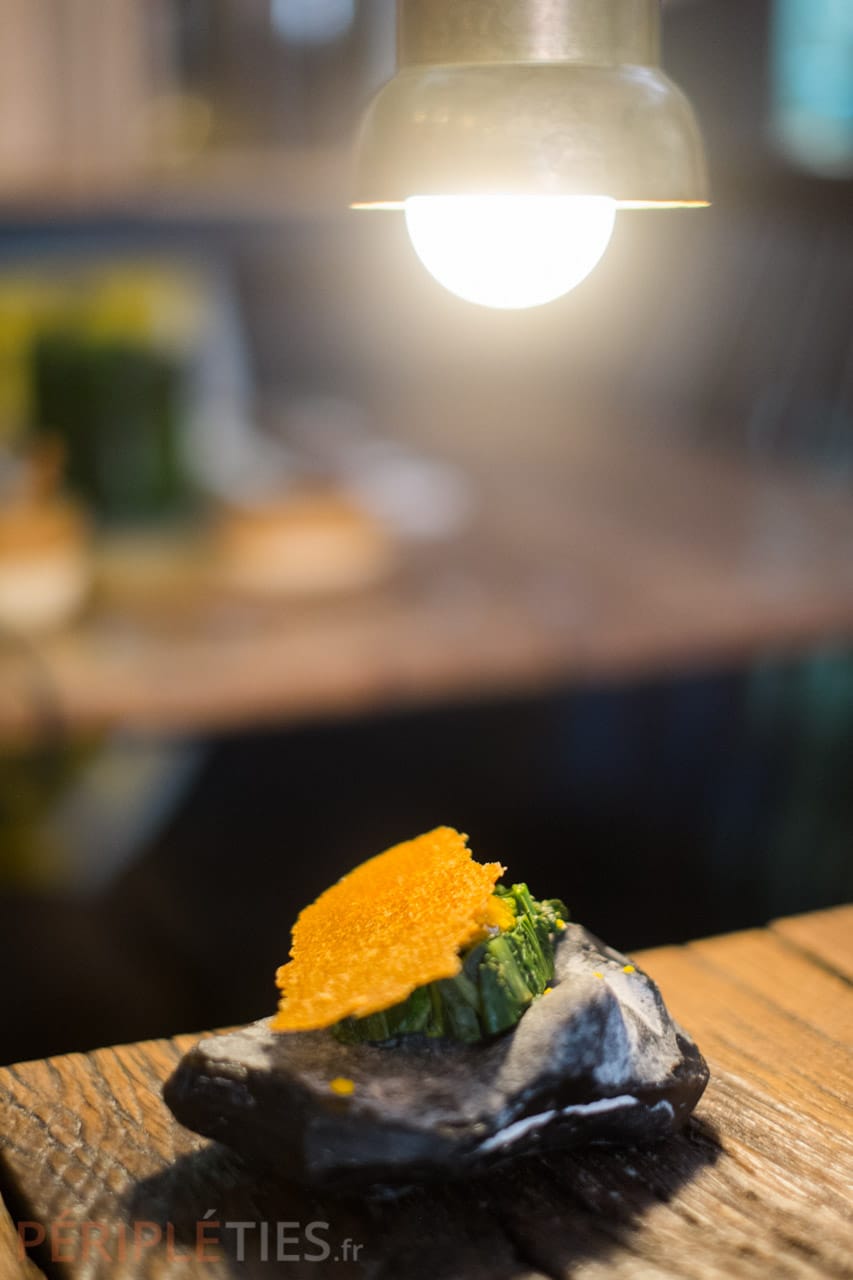
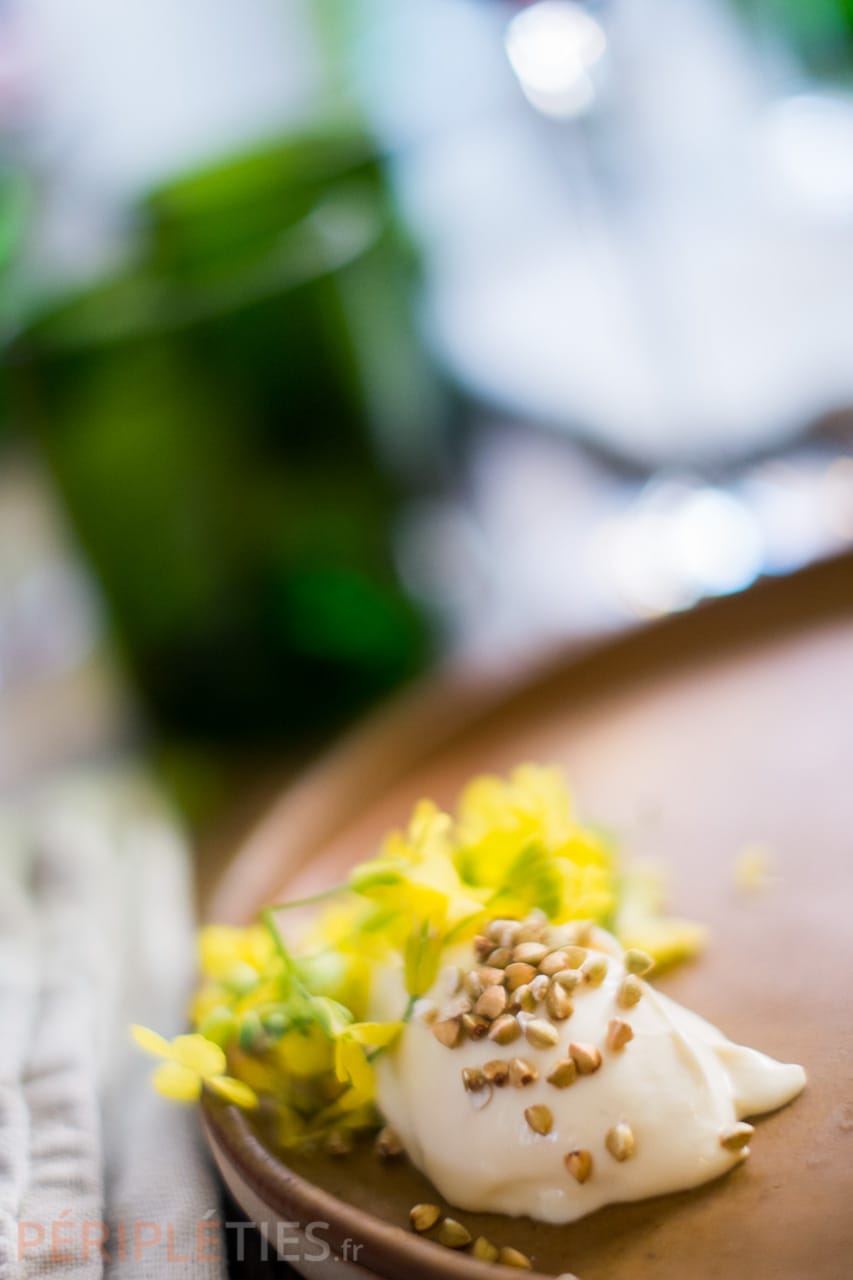
Michelin-starred restaurants 2023 in Lille
Three restaurants have been awarded 1 star in the 2023 Michelin Guide:
- Pureté, 79 rue de la Monnaie in the heart of Old Lille
- La Table, 32 rue de la Barre
- Le Cerisier, 14 avenue du Peuple Belge
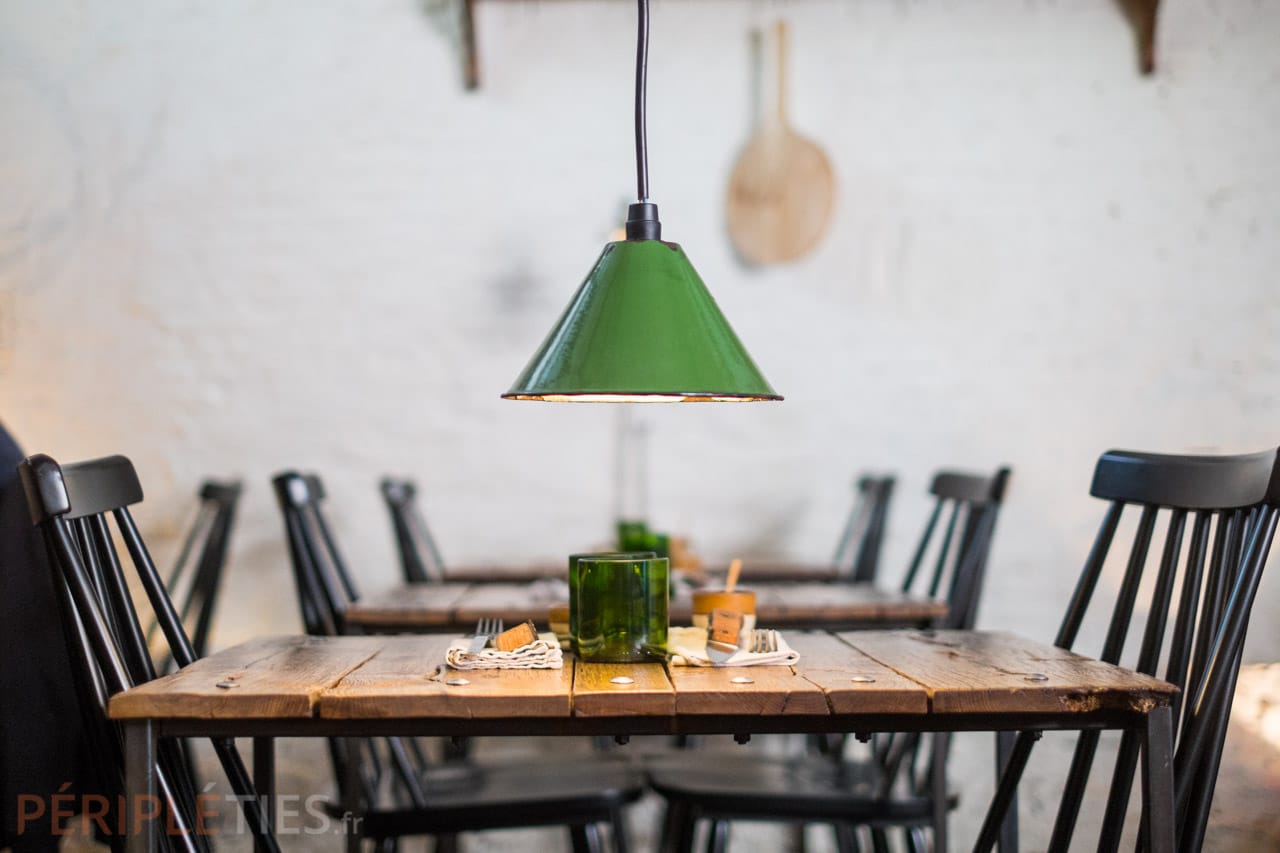
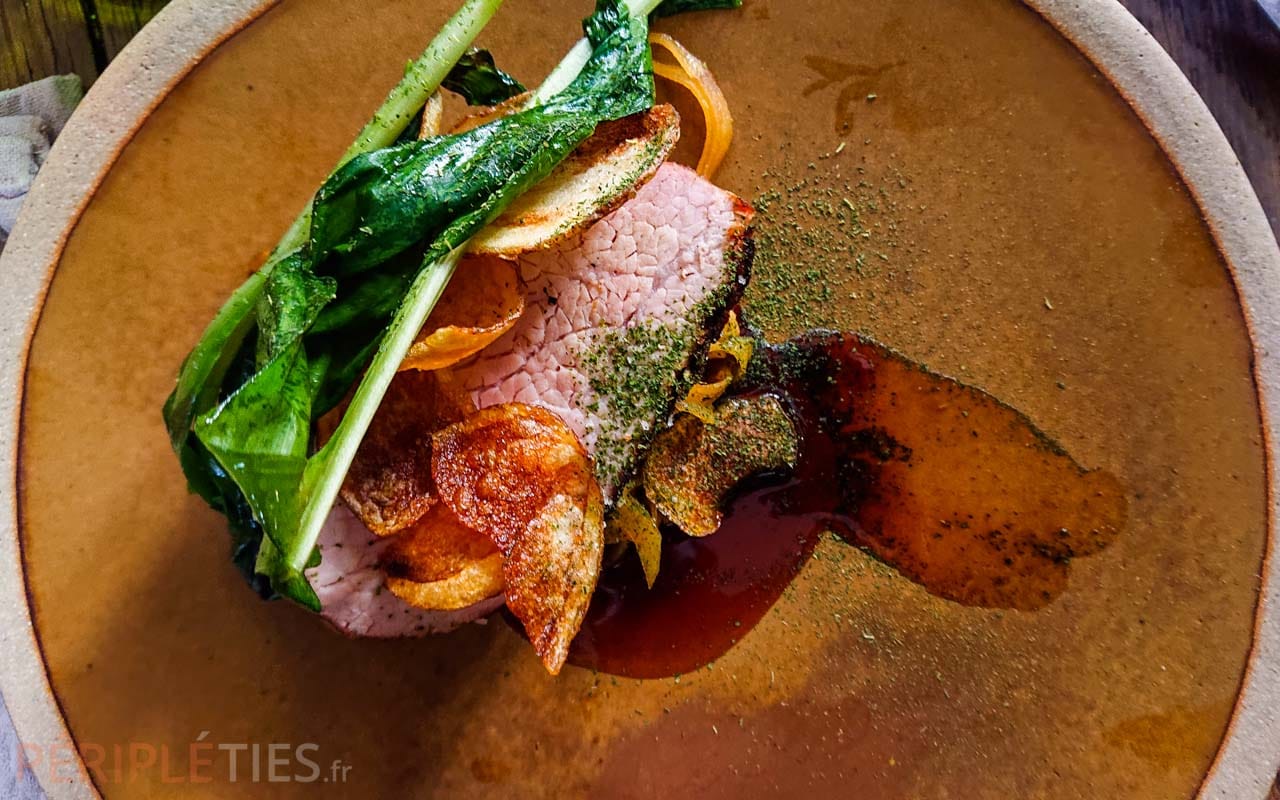
The Citadelle of Lille
Built in the 17th century, the Citadelle of Lille is one of the military buildings erected by Vauban for the defence of Lille. This reminds us of the Besançon Citadel in the Doubs Valley.
The ‘queen of citadels’, with its star-shaped plan, is a listed historic monument, but is not a UNESCO World Heritage Site. The listing is incompatible with the fort's military occupation.
Although very impressive from the air, it doesn't make much of an impression when you get there, probably due to its lack of vantage points.
The surrounding Vauban gardens, the citadel park, the quays of the Basse-Deûle and the Wault quays (once the economic heart of the city, where goods were transported) are great places to take a stroll when the weather is fine.
Visit the Maison Charles de Gaulle
The house where Charles de Gaulle was born is located in the old town, but slightly off the main points of interest. For all intents and purposes, it's one of the few places open on Monday mornings!
Not having too many expectations, we have to say that we were pleasantly surprised! To be honest, we didn't even know that General de Gaulle was born in Lille, in the home of his maternal grandparents, Jules-Émile, a Lille industrialist, and Joséphine Maillot.
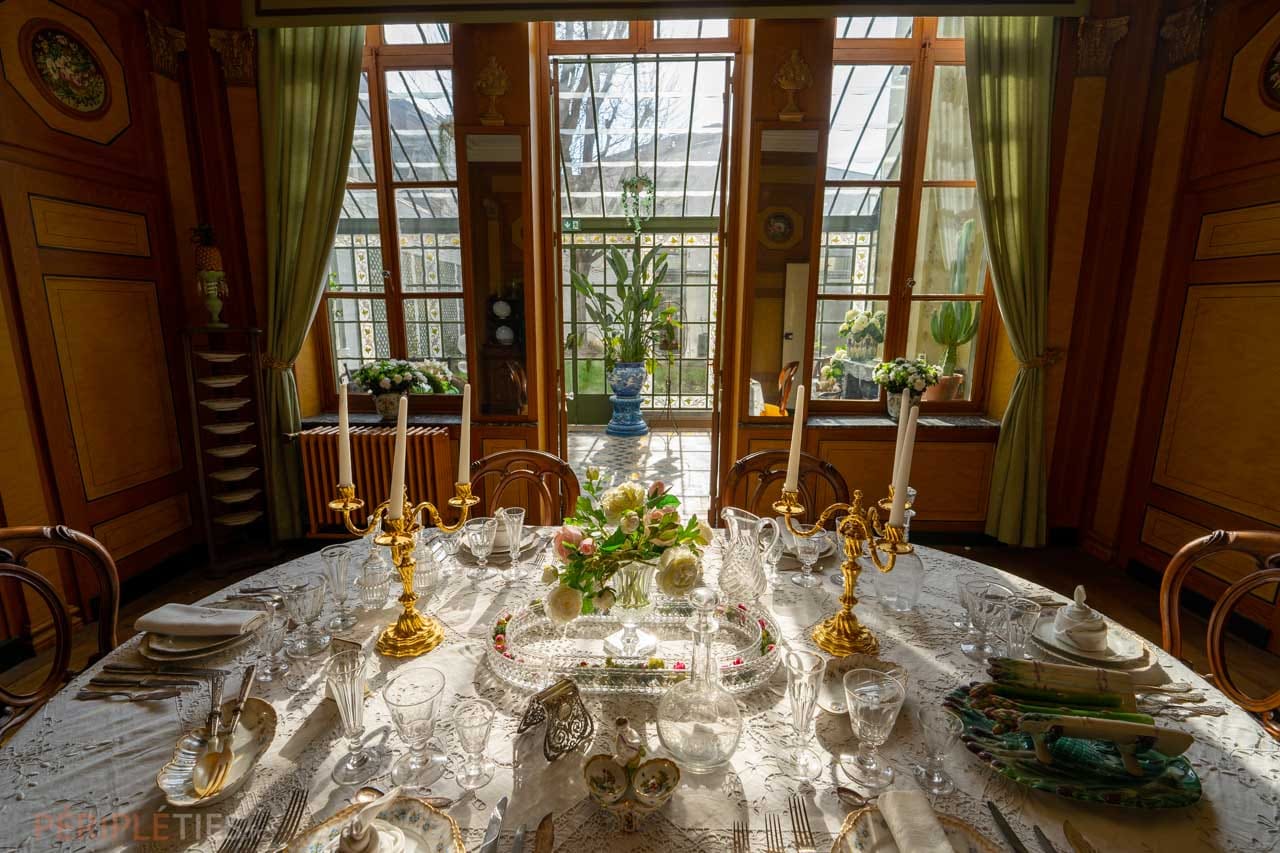
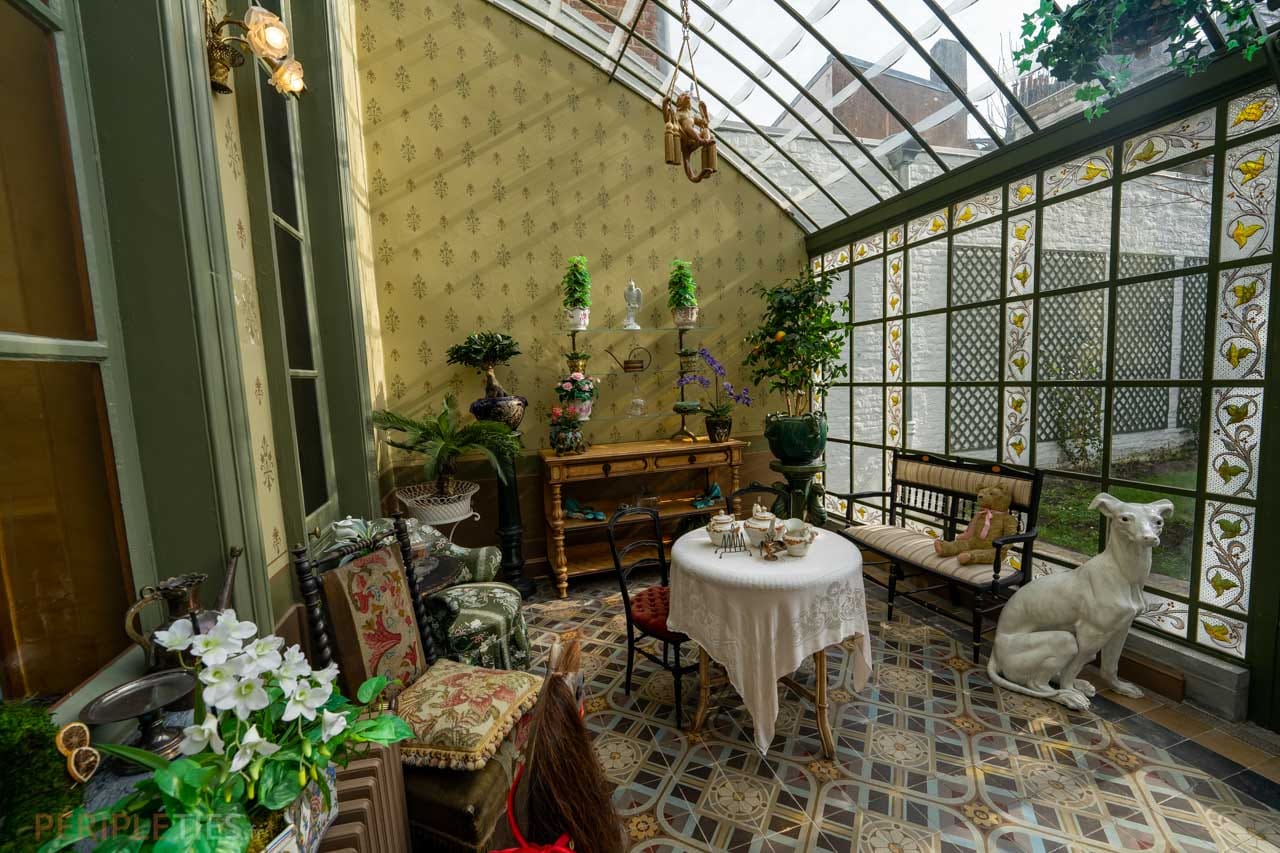
The museum and its scenography were renovated in 2020. Of course, we learn about Charles de Gaulle's life, but above all it's a plunge into the world of a 19th-century bourgeois home.
You'll be taken aback by the atmosphere and decor typical of the period, thanks to the personal effects and decorations belonging to the family.
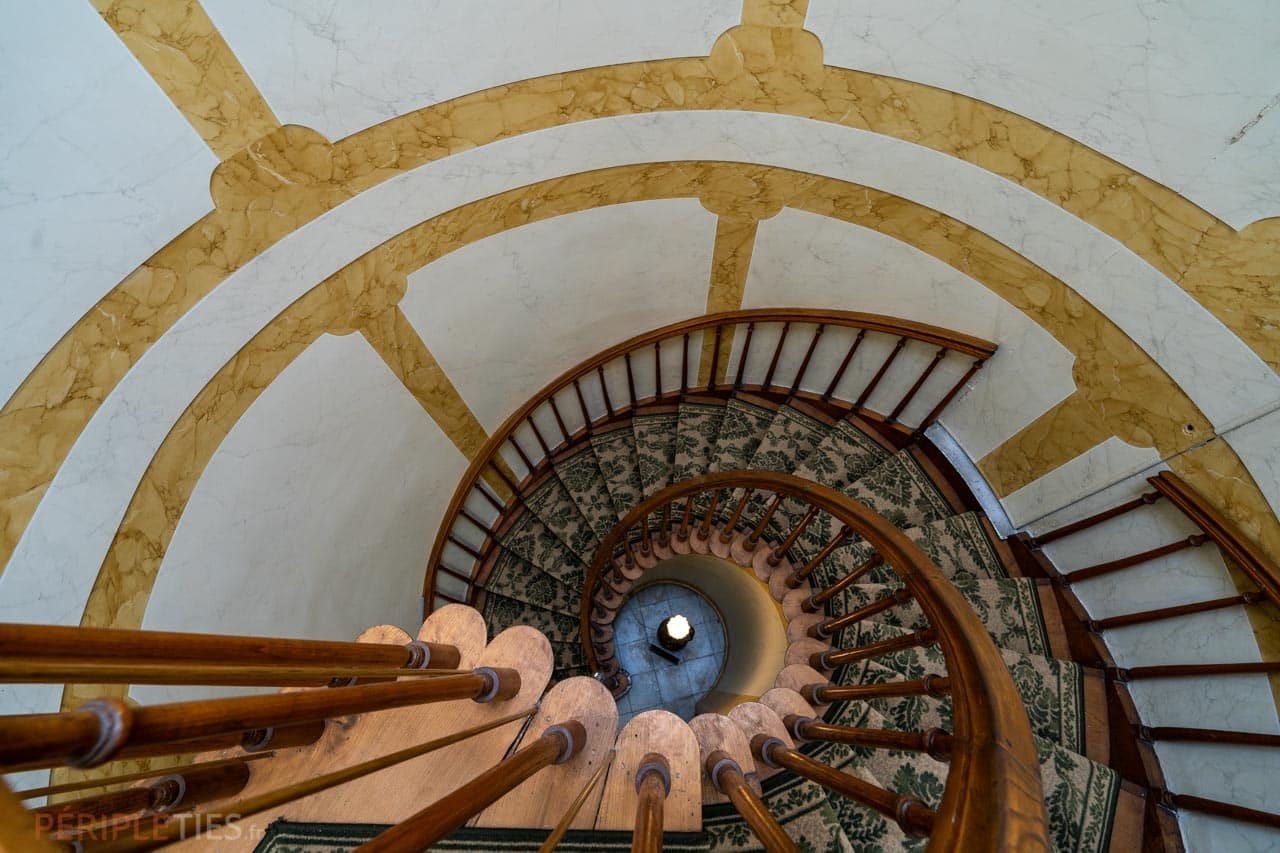
What to do in Lille when it rains
During your weekend in Lille, you may be confronted with rain. So here are a few ideas for things to do when it's raining (or not)!
The majority of these activities are located in or around the cosmopolitan and popular Wazzemes district, which is centred around the red-brick Halles, where the famous market is held three times a week (Tuesday, Thursday and Friday from 7am to 2pm) and on Sundays from 8am to 3pm.
Here you can find local and exotic cuisine, as well as all kinds of products (decoration, beauty, textiles).
Climbing in the Wazemmes district
If you're in the mood for a no-pressure workout, an Arkose climbing gym has opened in the trendy Wazemmes district. And we've tried it out!
It's a 1,200 m2 bouldering gym for all levels of climber. You don't have to wear a harness, because the walls are no more than 5 metres high and the landing mats are long enough for you not to hurt yourself.
Once you've finished climbing, you can enjoy a cool drink in a very relaxed atmosphere. It's a really fun activity to do with friends, or even the family.
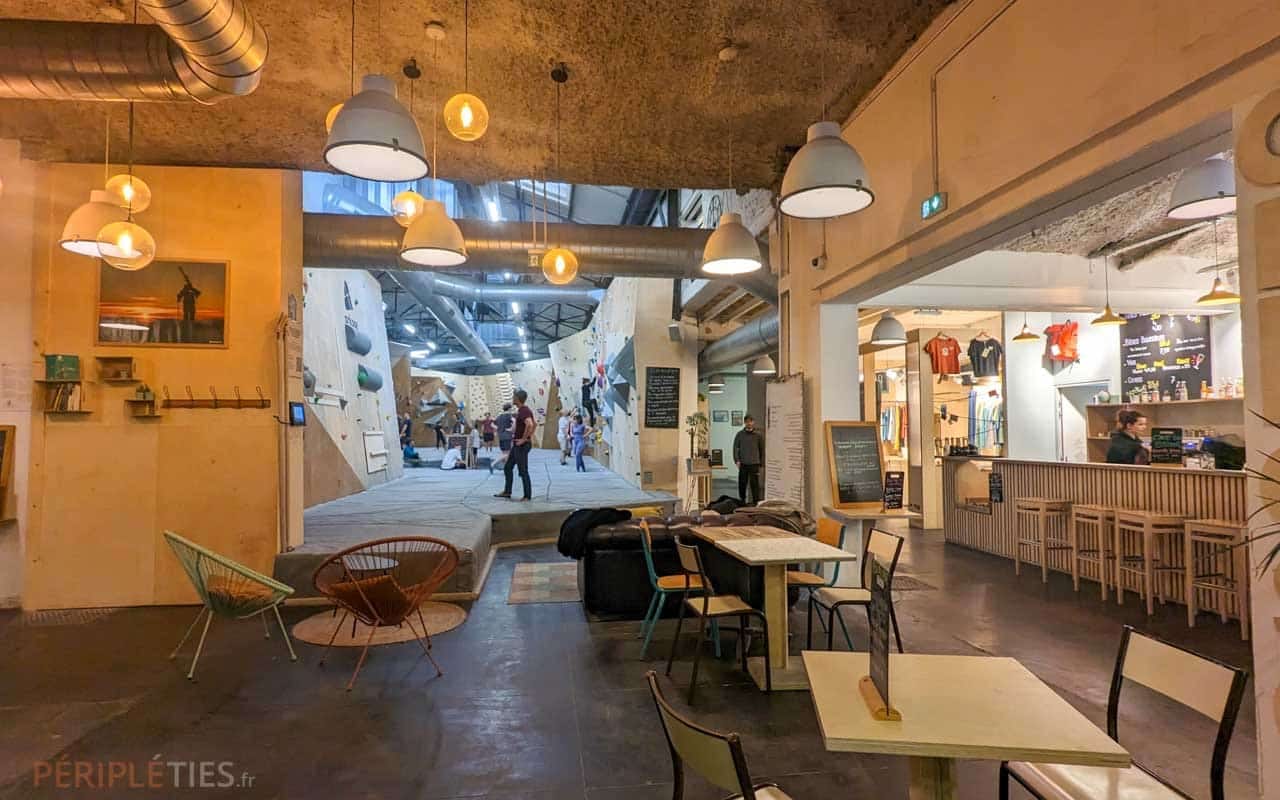
One Brain, an escape game based on artificial intelligence
Another idea for an original activity to do in case of bad weather is an escape game! There are quite a few of these in Lille.
We opted for Le Cube, with its One Brain escape game featuring a fairly contemporary scenario. It's a nice change from the classic investigation games, and it's all in the Wazemmes district.
Between 2 and 6 players try to stop Mia, an artificial intelligence that has turned against its creators. You have to solve code and logic puzzles to open the lockers and get the code to unplug the infernal machine and get out of the room.
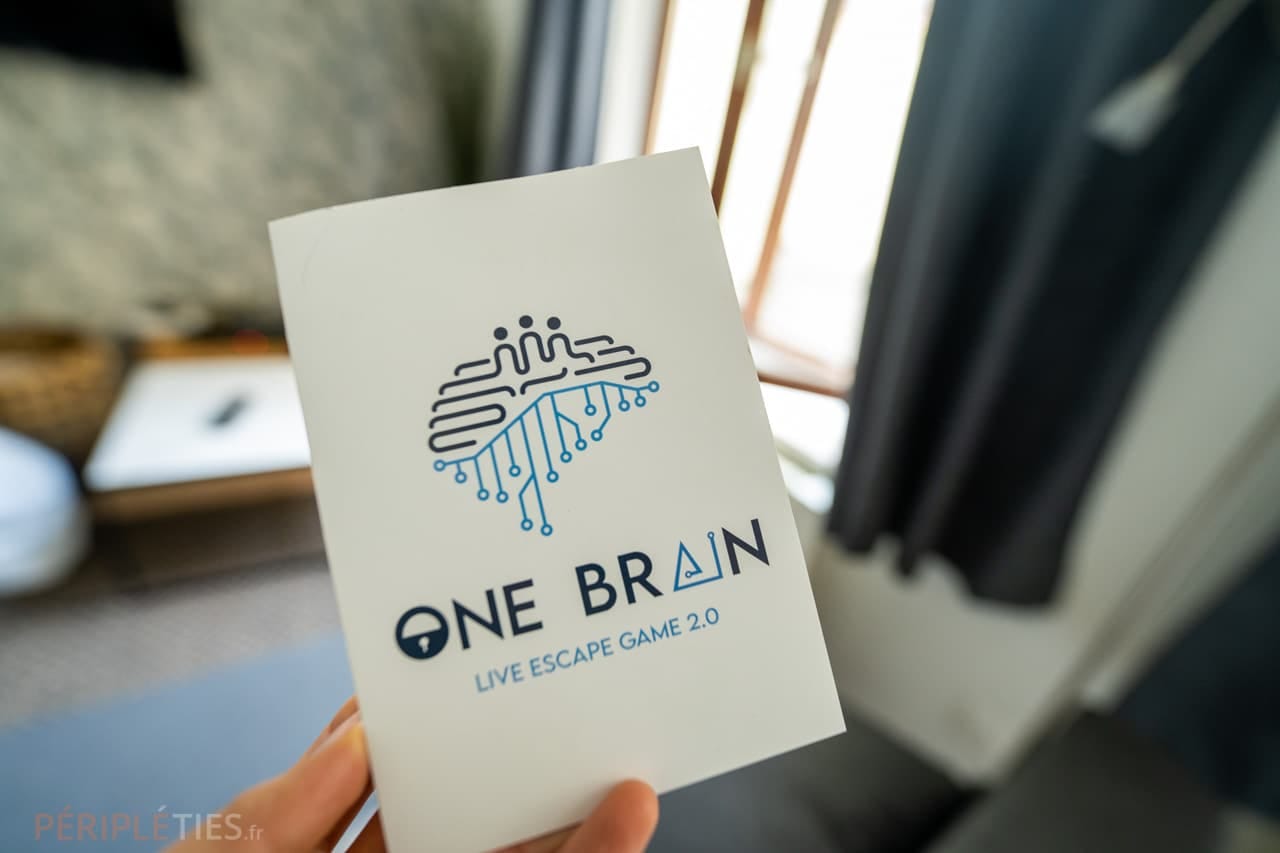
Six of us managed to get away in 1 hour, finishing 143rd out of 250 teams. Can you do better?
If you're not too keen on the Escape game mode, another option is to find a nice game bar to spend the afternoon in a good atmosphere. You'll find La Luck near the birthplace of Charles de Gaulle or Au beau Jeu in Lille's city centre.
Microbrewery tours and beer rallies
Of course, one of the classics in Lille is to try the local beers in the bars or microbreweries of Old Lille.
An original idea for fans of investigations, riddles and craft beers is a treasure hunt in the Saint-Sauveur district. A sort of escape game again, but in the open air.
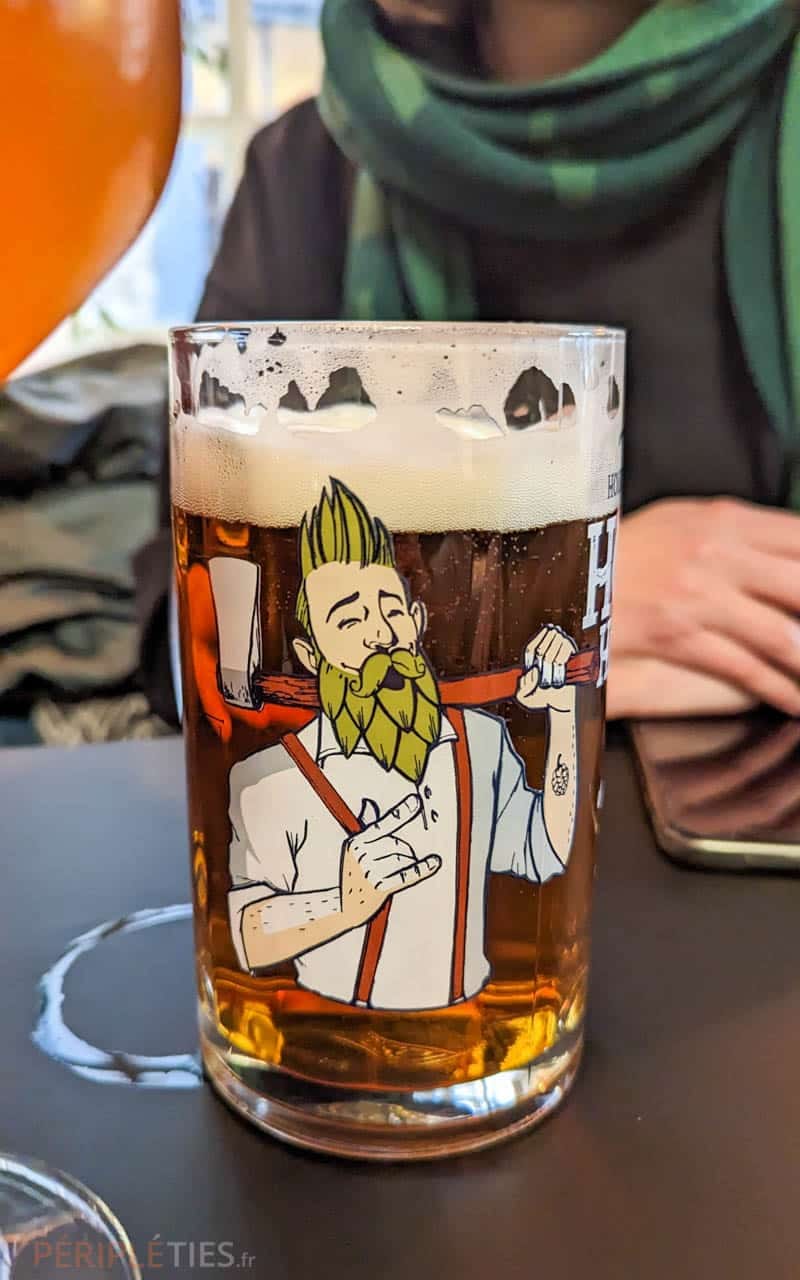
Our gourmet addresses in Lille (outside the old town)
Restaurant les Oiseaux, near Place de la République and the Beaux-Arts Museum, Porte de Paris, is an excellent neo-bistro in Lille serving modern gourmet cuisine in a friendly atmosphere with friendly service.
Le Britney in the Wazemmes district is a restaurant with a trendy atmosphere, decor and music. The food is top quality, with bold flavours and combinations! You can eat and share the dishes in any order. A nice place to eat with friends, but a bit noisy.
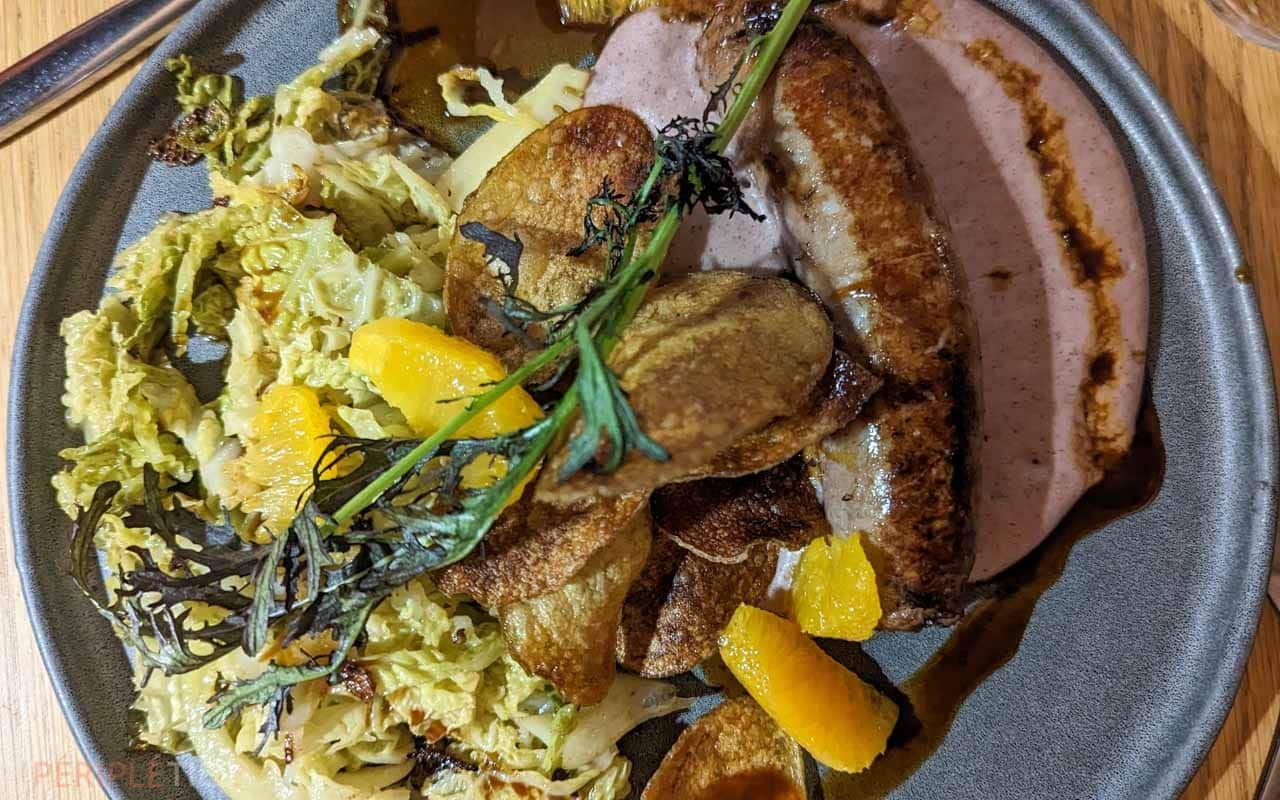
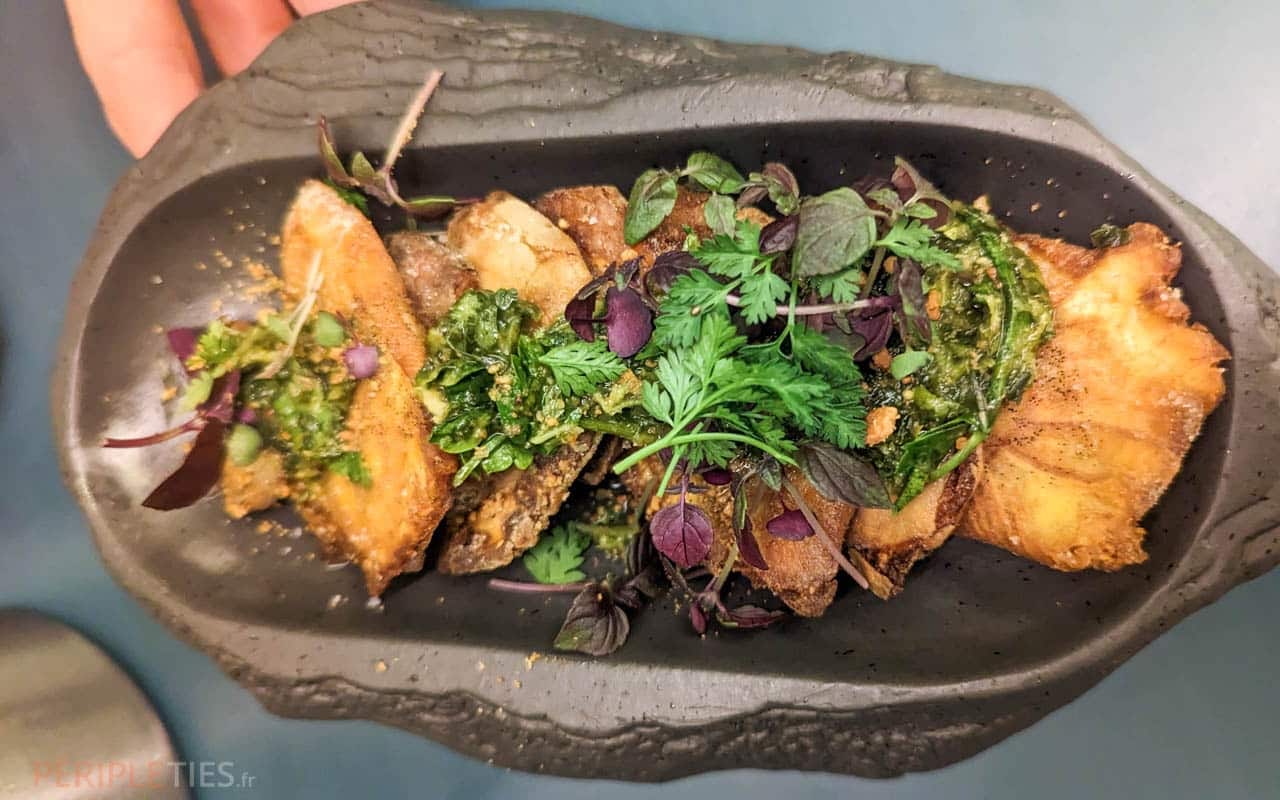
Where to have brunch in Lille?
On Sundays in Lille, you'll find plenty of places to have brunch in a friendly atmosphere. Good places to go include Le Sweet Flamingo, Emilie and the Cool Kids, La Boîte à gouthé, Chez Léontine, Oxalis et Bergamote...
We advise you to book ahead, as tables fill up quite quickly. For our part, we opted for a brunch in the café/boutique of the Musée d'Histoire Naturelle (€25).
The team at Sweet Flamingo, the tea room on rue Nicolas Leblanc, which also runs Le Cabinet des Curiosités, is offering a healthy and tasty brunch on Sundays between 11am and 6pm.
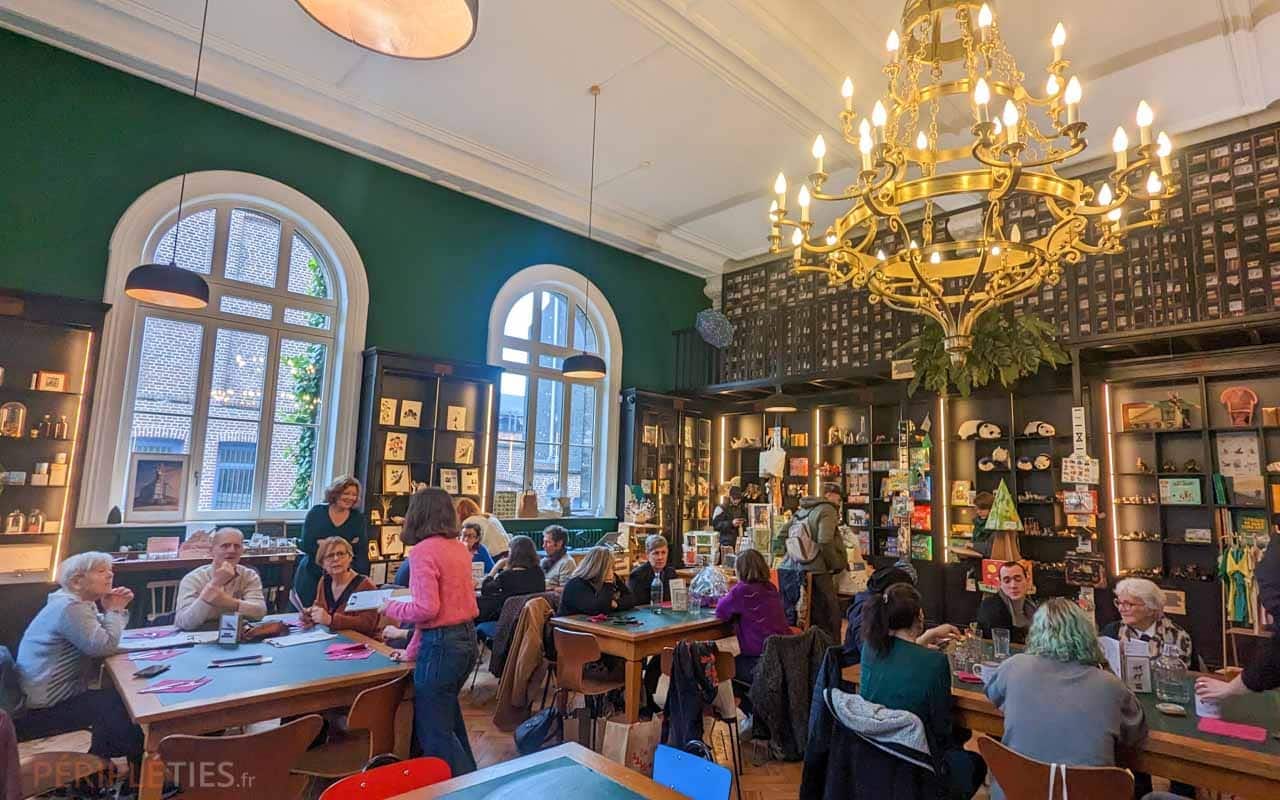
Where can you extend your stay in Lille?
If you're staying for more than a weekend, or if you've got time on your hands during your trip to Lille, we can't advise you enough to take your discovery of the Lille Metropole a little further and visit the most famous sites.
La Piscine in Roubaix and Villa Cavrois in Croix are easily accessible by metro and tram from the centre of Lille.
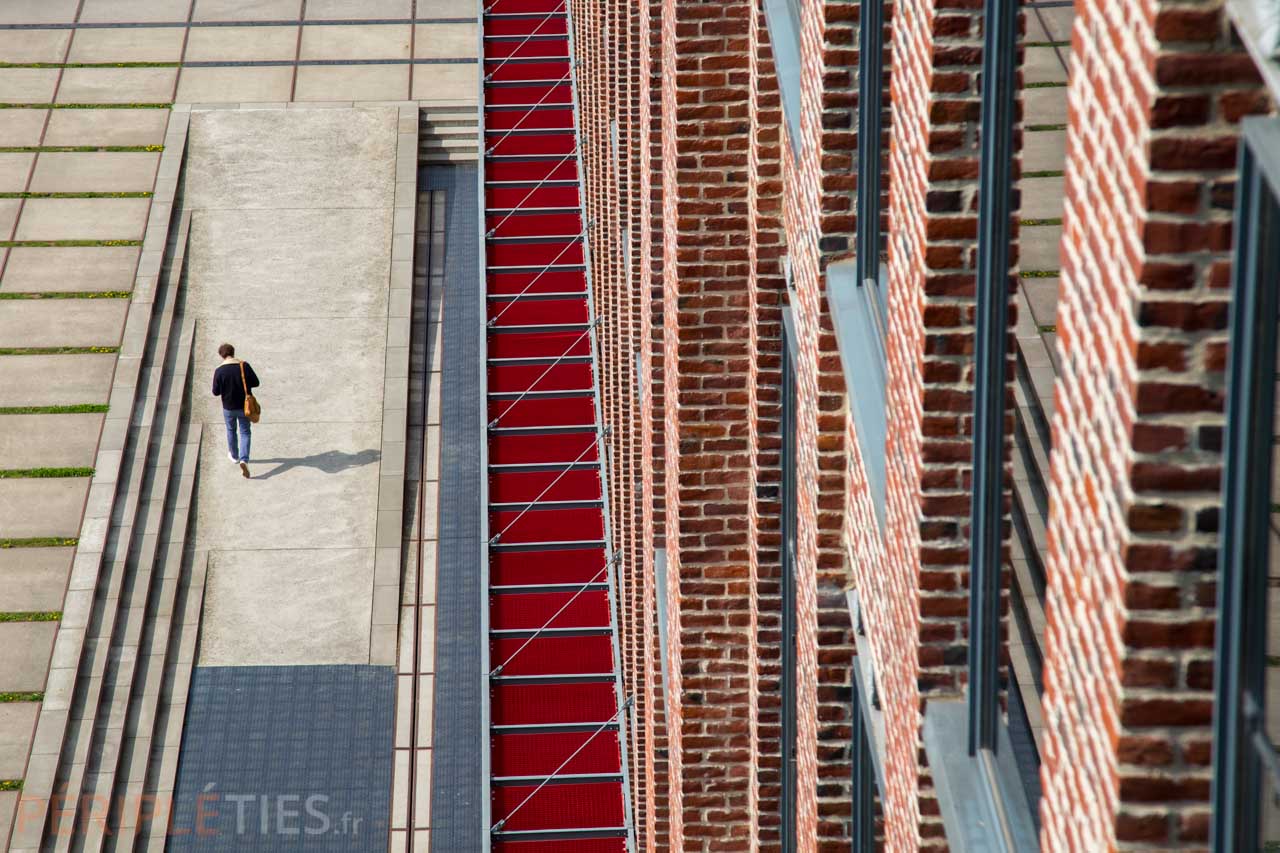
Following in the footsteps of our industrial and textile heritage
As mentioned at the start of this article, the north of France was, as many people know, one of the most industrialised regions in France. The golden age of this industry was in the 20th century.
Roubaix and Tourcoing, the city of a hundred chimneys, were major centres of textile production.
And while globalisation may eventually have taken its toll on this regional jewel, there's no way the Lille Metropolis is going to let go of this industrial heritage so dear to the hearts of its residents.
Our video on Lille, world capital of design
Getting to the Musée de la Piscine in Roubaix
La Piscine de Roubaix, a political and social programme from the 1930s that has now become a superb fine arts museum, is an incredible example.
If you're ever in the region, make sure you visit - you won't regret it!
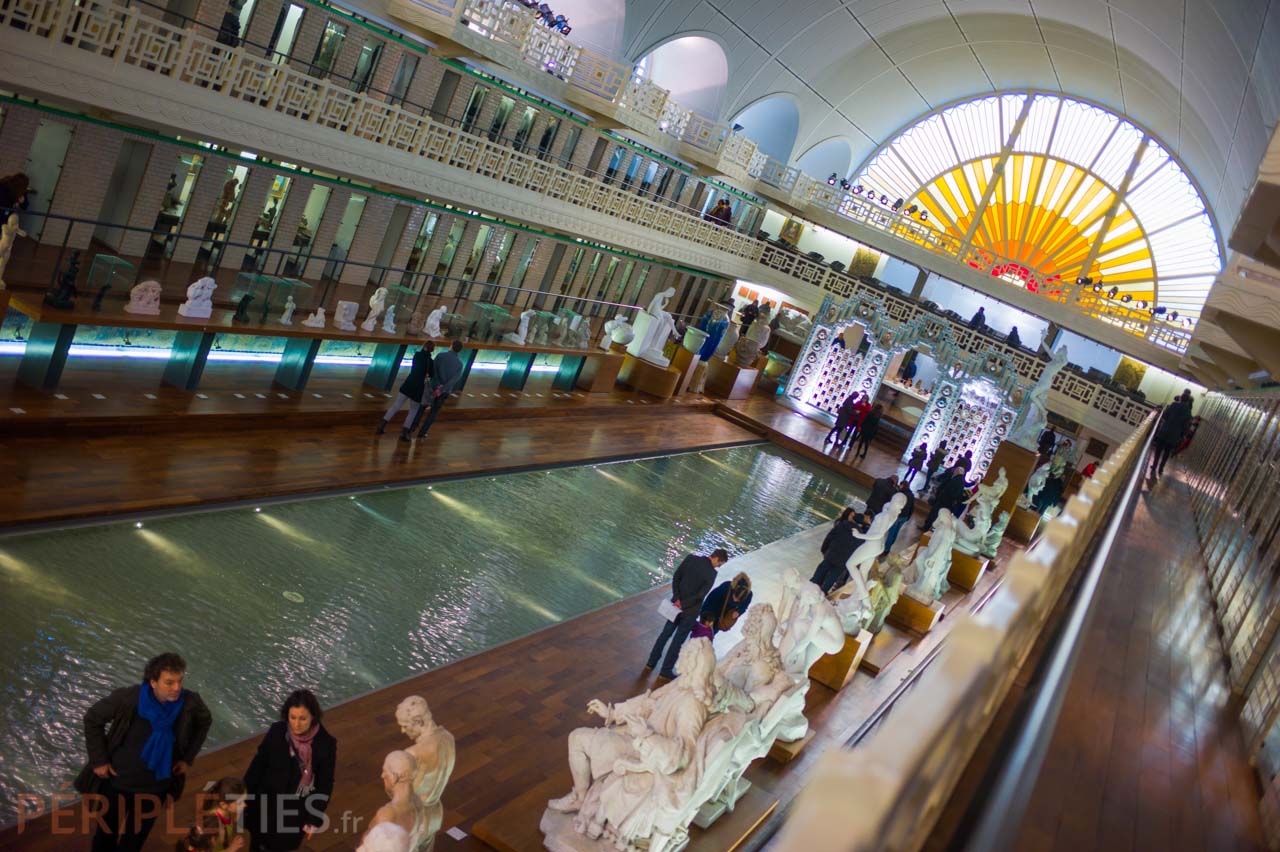
Practical information for visiting La Piscine :
La Piscine - Musée d'Art et d'Industrie André Diligent, 23 rue de l'Espérance, ROUBAIX. Open Tuesday to Thursday from 11am to 7pm, Friday from 11am to 8pm and Saturdays and Sundays from 1pm to 6pm. Admission: €9 to €11. Metro Line 2 (30 minutes from Lille-Centre). La Piscine is 550 metres from the ‘Grand place’ stop in Roubaix
What to see in the Roubaix area
The Jouret workshops
Just a few metres from La Piscine and the Grand-Place in Roubaix are the Jouret workshops, former fabric storage and trading buildings dating from the golden age of textiles in Roubaix.
The building was refurbished in 2017 and now houses around thirty artists' studios (ceramists, visual artists, sculptors, screen printers, illustrators, photographers, stylists and graphic designers) who work in this space steeped in history.
The site is open to the public through an exhibition area, a café and a space dedicated to public workshops and regular events.
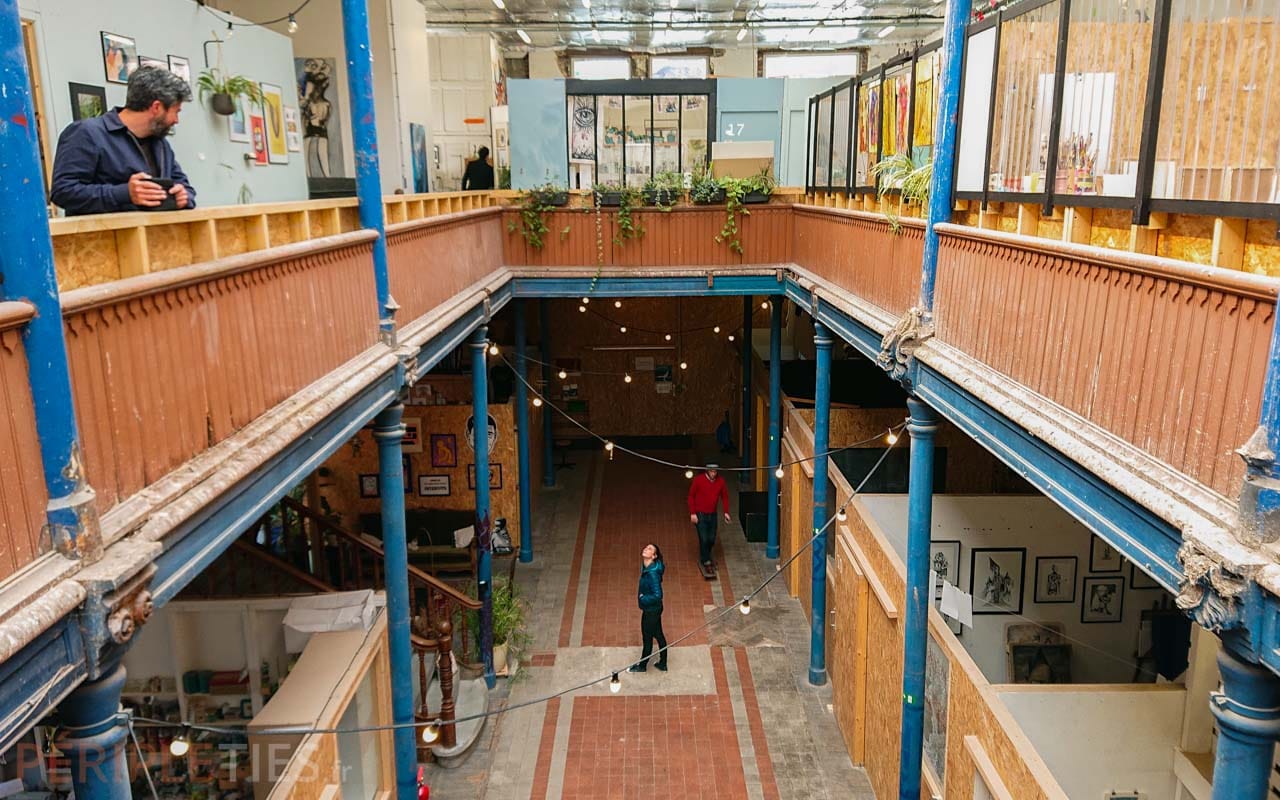
La Condition publique
La Condition publique in Roubaix, a venue for contemporary art exhibitions and various art festivals, also comes to mind. This gigantic building used to be an industrial warehouse for textiles (cotton, wool, silk, etc.).
Today it's a public facility housing coworking spaces, performance spaces, artists' studios and a café-restaurant. Cultural heritage tours, live shows, cinema, exhibitions, art workshops and concerts are organised there on a regular basis.
The centre is open in summer only and also organises guided tours in collaboration with the Roubaix Tourist Office.
Architecture and design at the Villa Cavrois
Another example of this heritage is the Villa Cavrois, a modernist masterpiece designed by the French architect and designer Robert Mallet-Stevens (architect of the Villa Nouaille in Hyères) between 1929 and 1932 for Paul Cavrois, a Roubaix textile manufacturer.
Most of the small middle-class residences in the area have pointed roofs designed in the style of the region, so the very graphic silhouette, the perfect geometry and the purity of perspective of the Villa Cavrois are particularly striking!
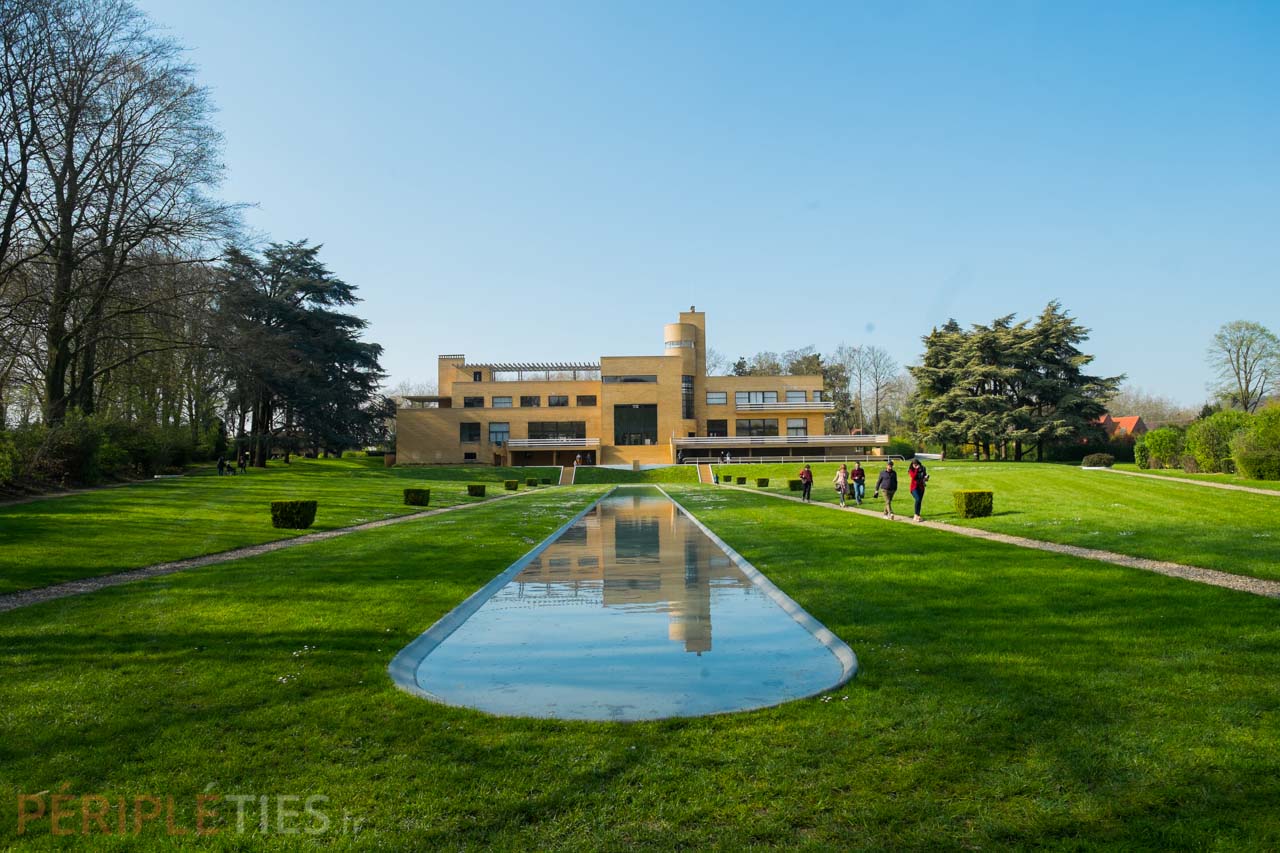
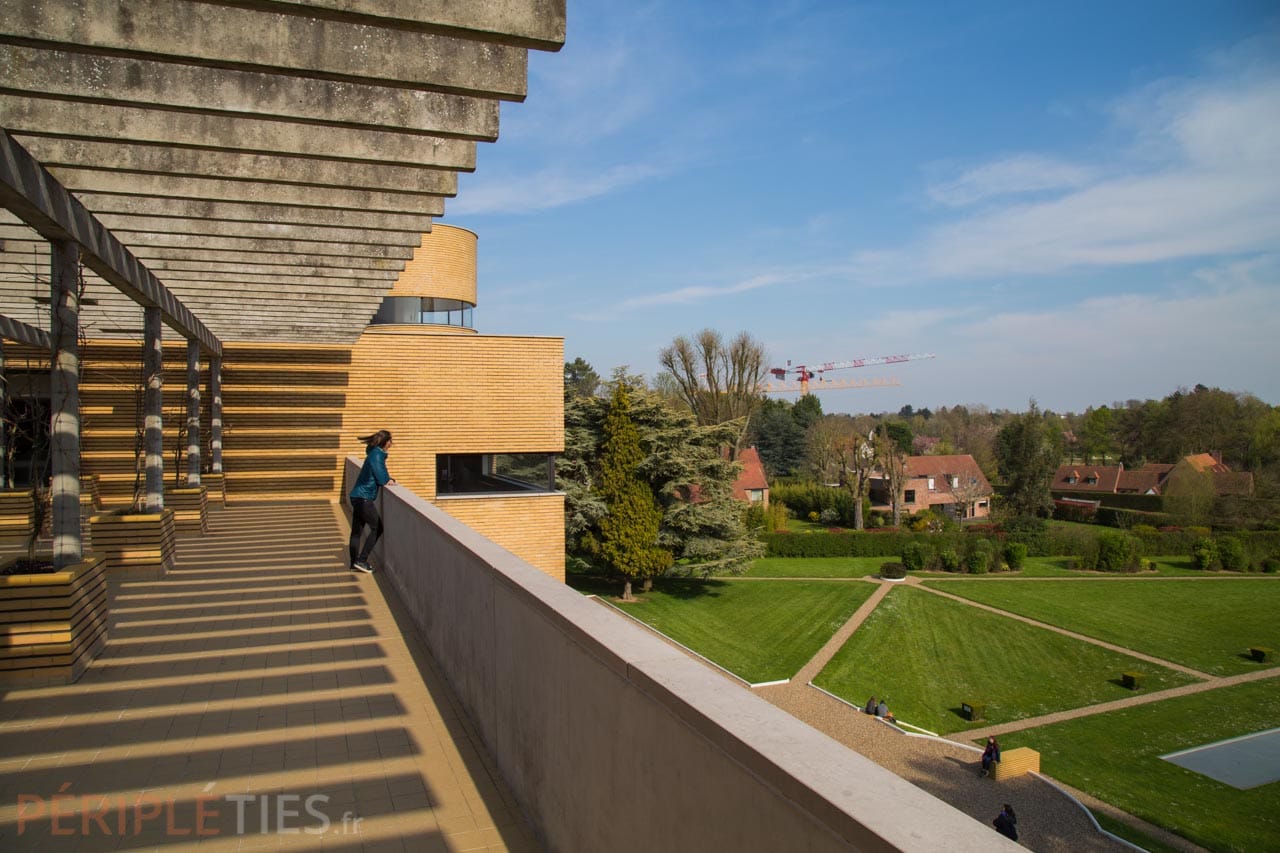
A touch of terroir has been added with the brick. It is yellow in colour, however, and comes from the Netherlands.
As for the garden, it's the highlight of the visit for us. There, like a red carpet, a mirror of water unfolds. A real treat for photographers.
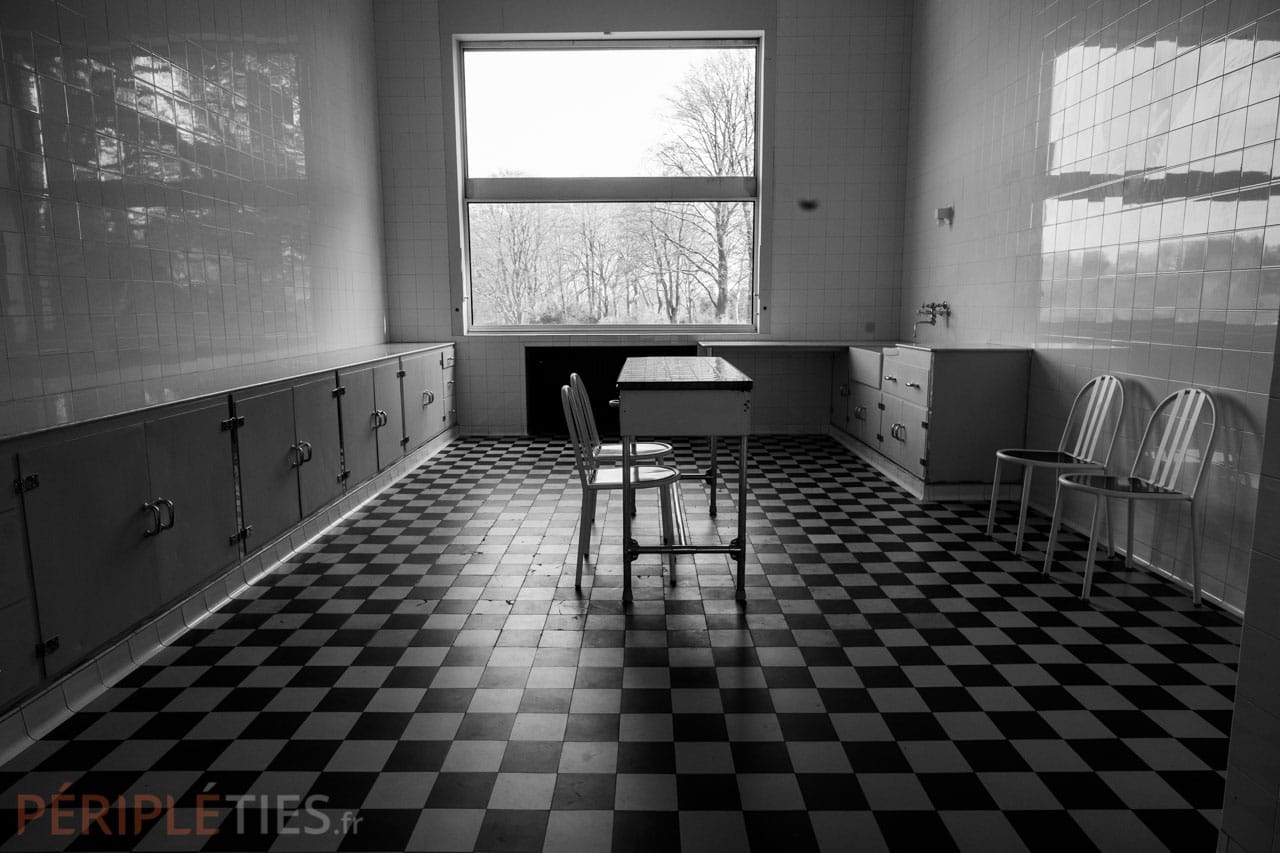
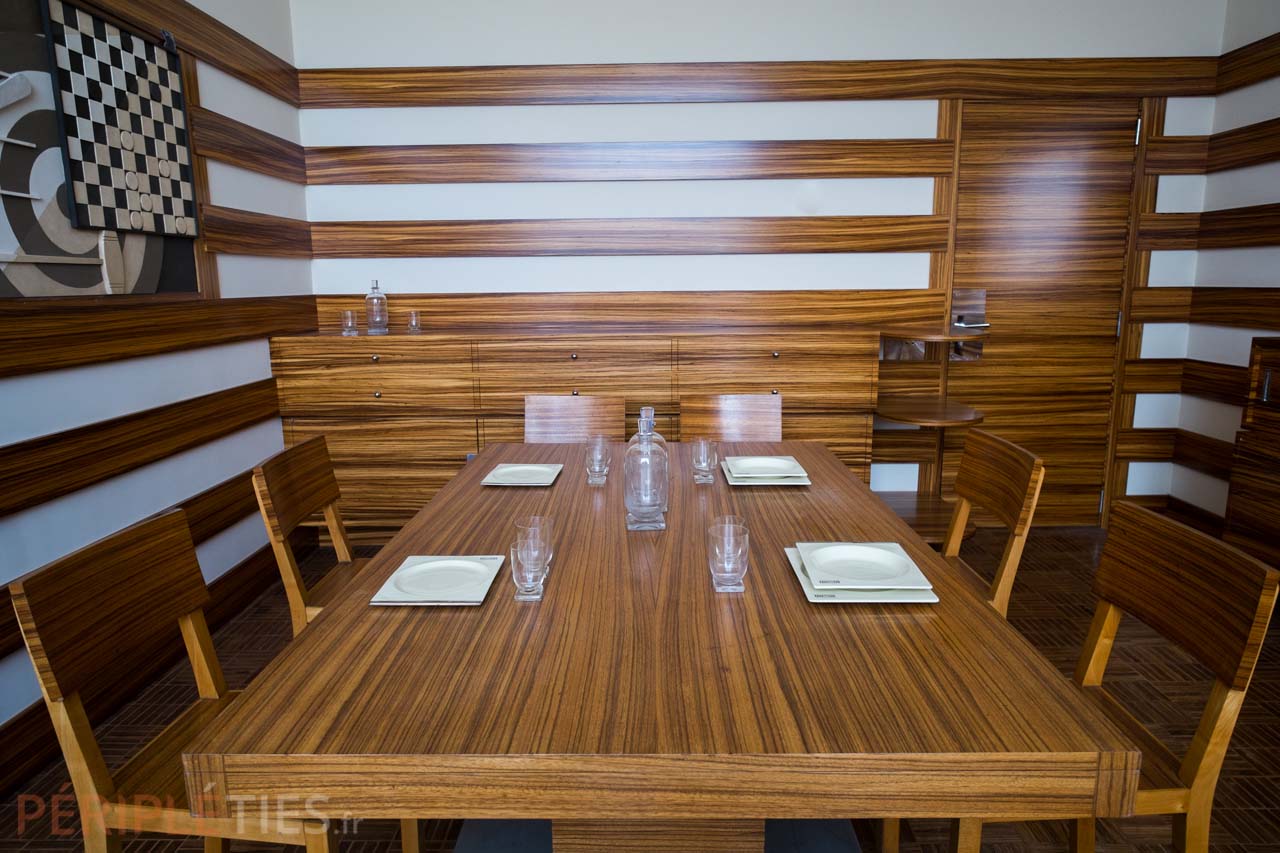
How to visit the Villa Cavrois in Croix :
Villa Cavrois by Robert Mallet-Stevens, 60 avenue Kennedy, 59 170 CROIX. Open every day except Monday, from 10am to 6pm. Admission: €6.5 to €8. Combined ticket with the La Piscine museum in Roubaix at €15.50.
Where can I park my car in Lille (car parks, P+R...)?
You can park your car in one of Lille's many car parks, particularly at the Champs de Mars, but you can also park your car in Lille's P+R park-and-ride facilities and take the Metro or Tram to the centre of Lille.
And on top of that, they're free - you'll just have to allow for the cost of the transport ticket, at €1.80 per ticket (or €5.30 per day). If you're planning to visit several museums, you'll be better off opting for a City Pass at €25 a day, as transport is included.
The same applies to motorhomes, as the city (or metropolitan area!) has no specific parking or service area. There is the Petit Paradis car park, but parking costs around €24 per day.
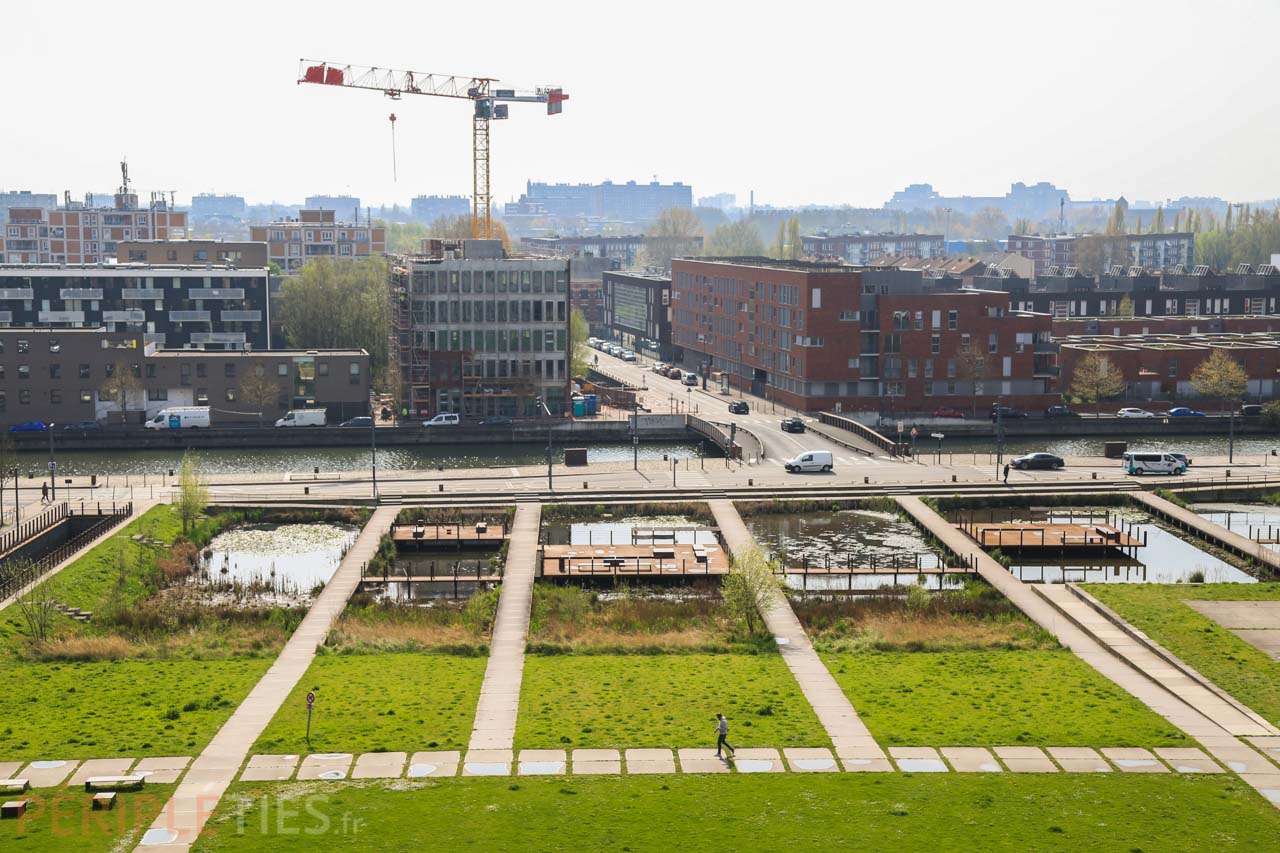
Visiting Lille by motorhome (service and parking areas)
If you don't have a car park, another option is to stay at a nearby service area and then take the bus to Lille.
This is what we did on our first visit to Lille at the private service area at Comines, 1447, chemin de l'Apothicaire, next to the Lesaffre snail farm (number of pitches: 16; parking charge: €5; services: €3). Lille is around twenty minutes away by bus.
If you're planning to visit the rest of the Nord department, take advantage of the France Passion network to park your motorhome with local producers.
Transport: visiting Lille and Roubaix by metro
You can opt for single journeys (€1.80 valid for 1 hour), a book of 10 journeys at €15.40 or an unlimited pass for several days. You can buy these tickets online on the ilevia website or at ilevia branches and automatic ticket machines.
We hope this Lille city trip article has given you some great ideas for places to visit!
Pauline & Simon
